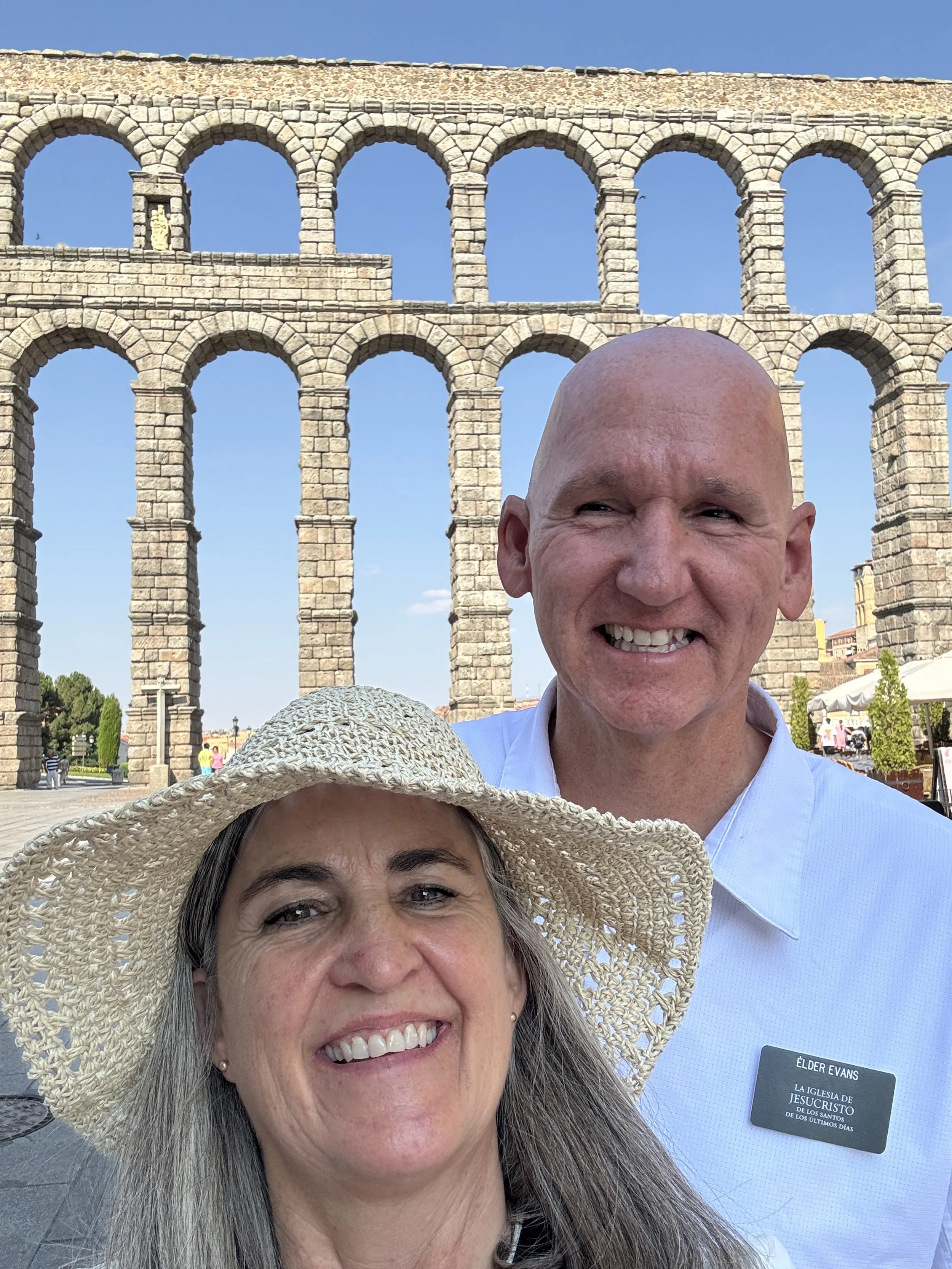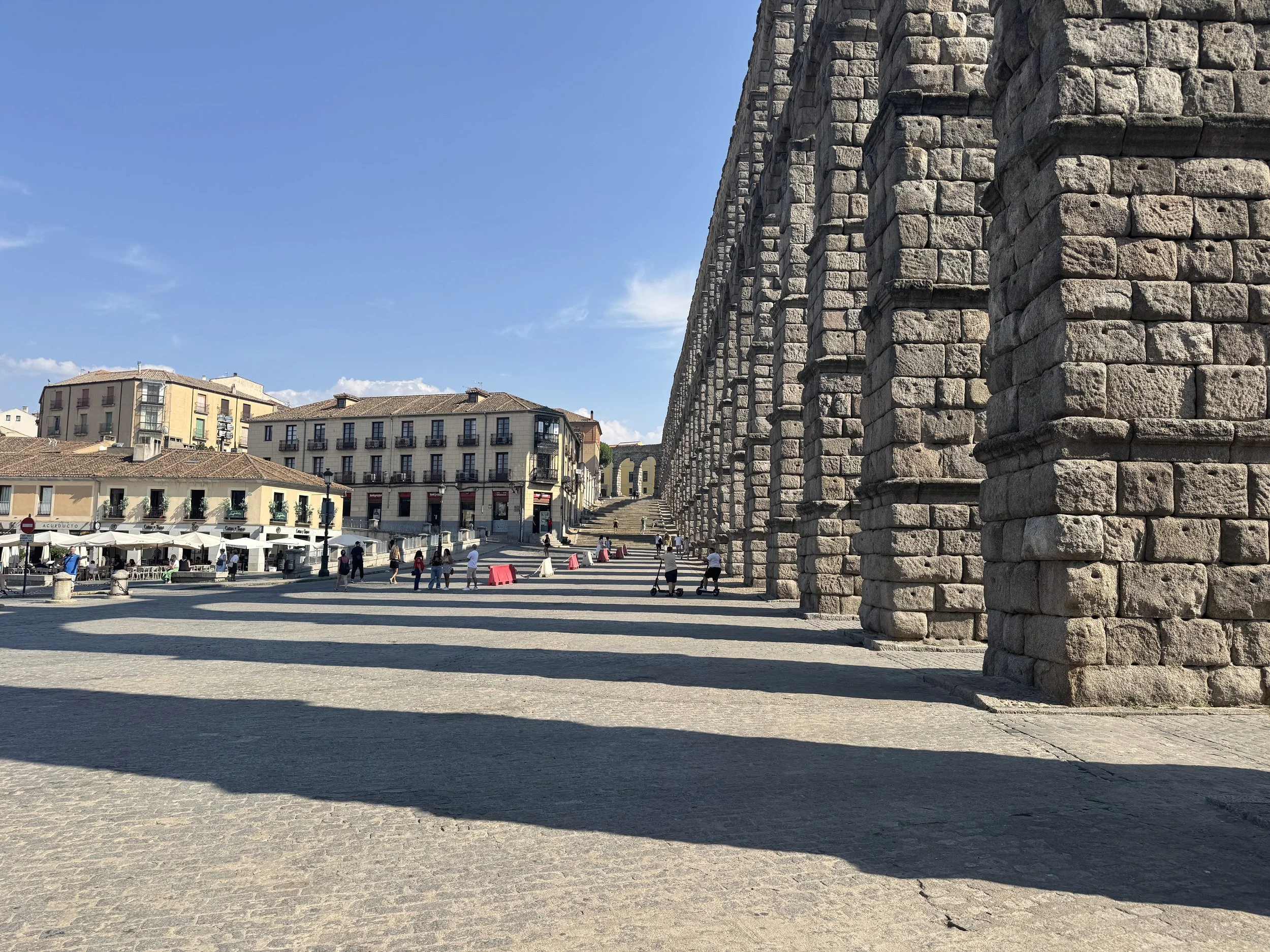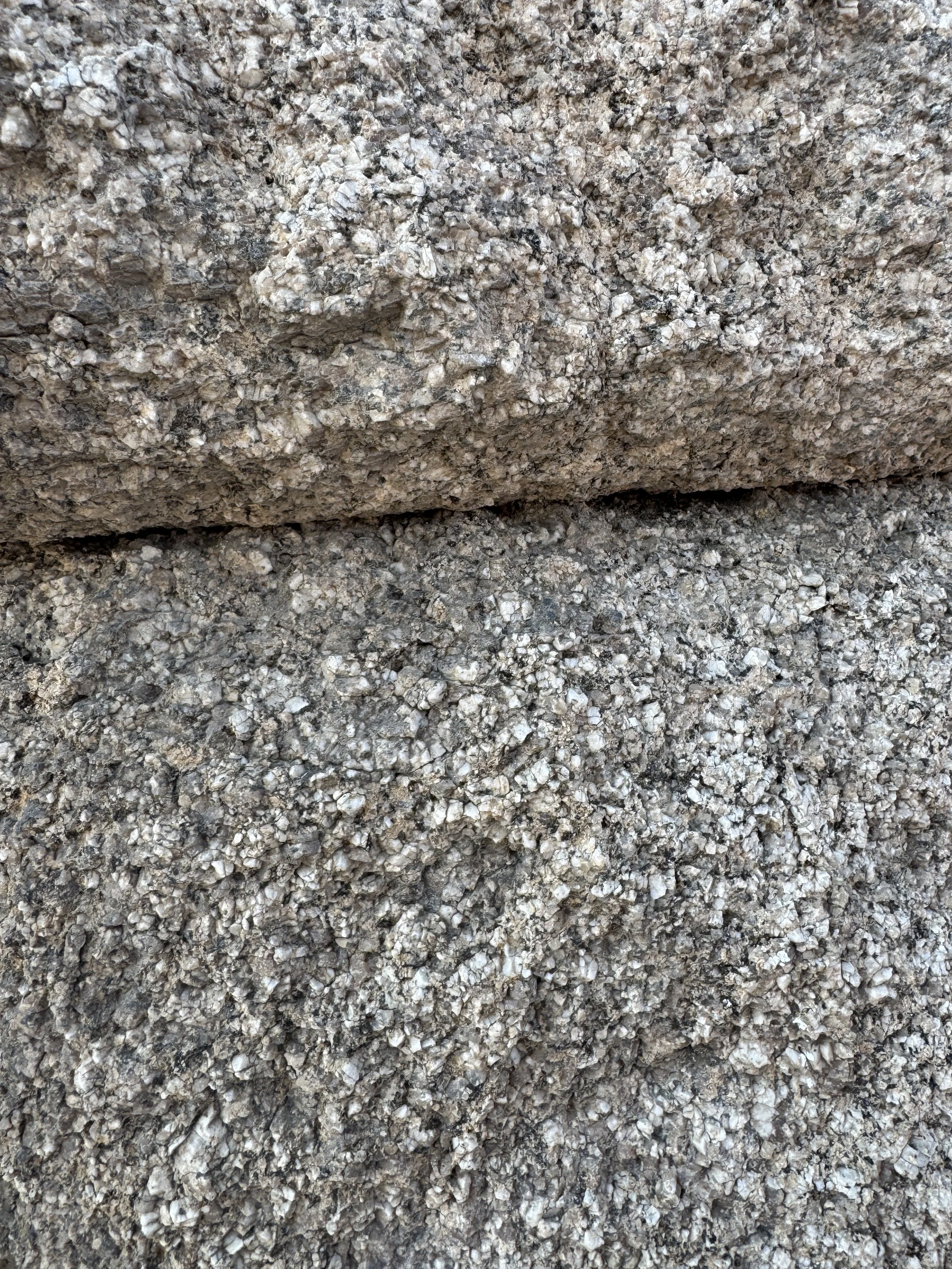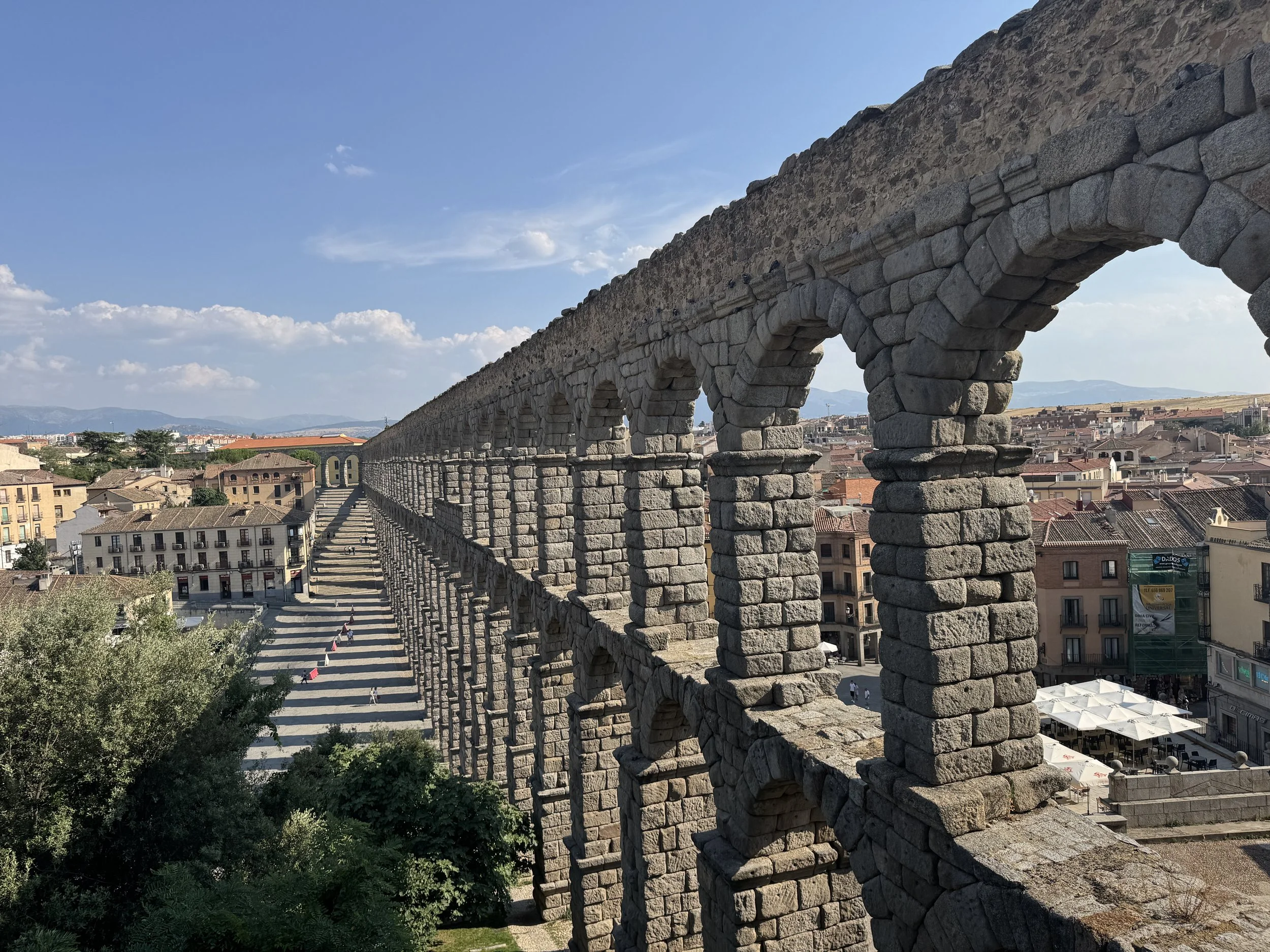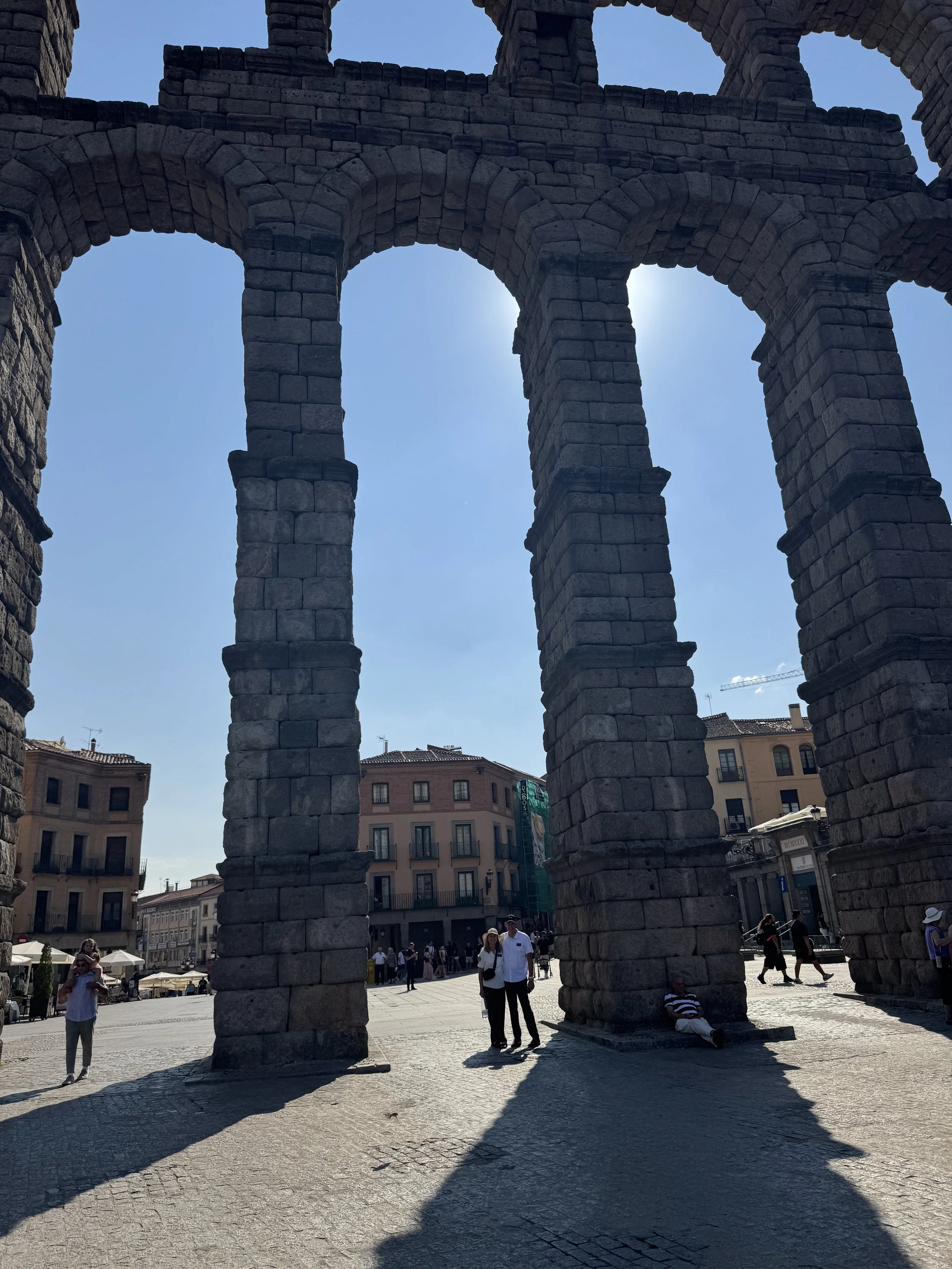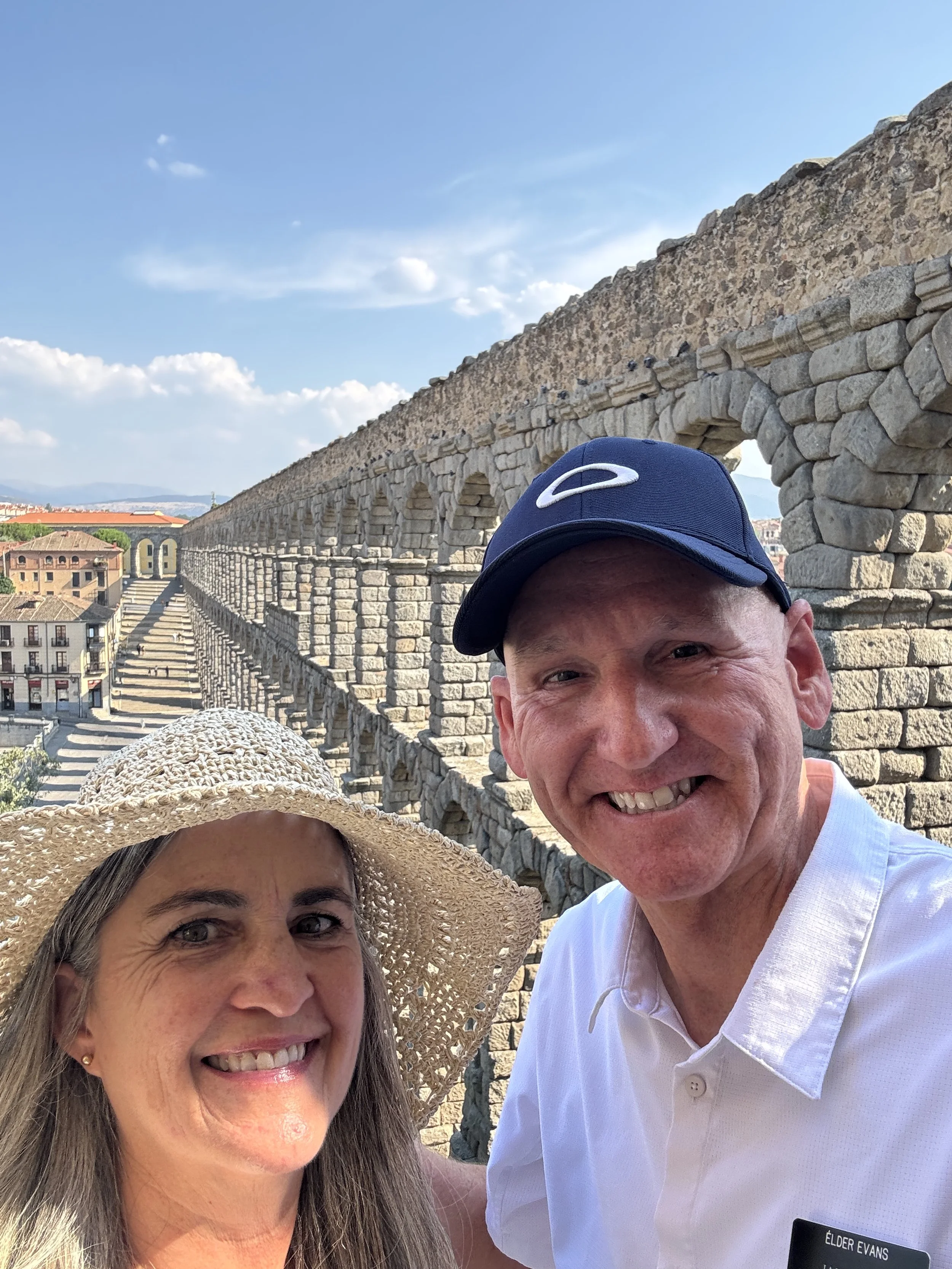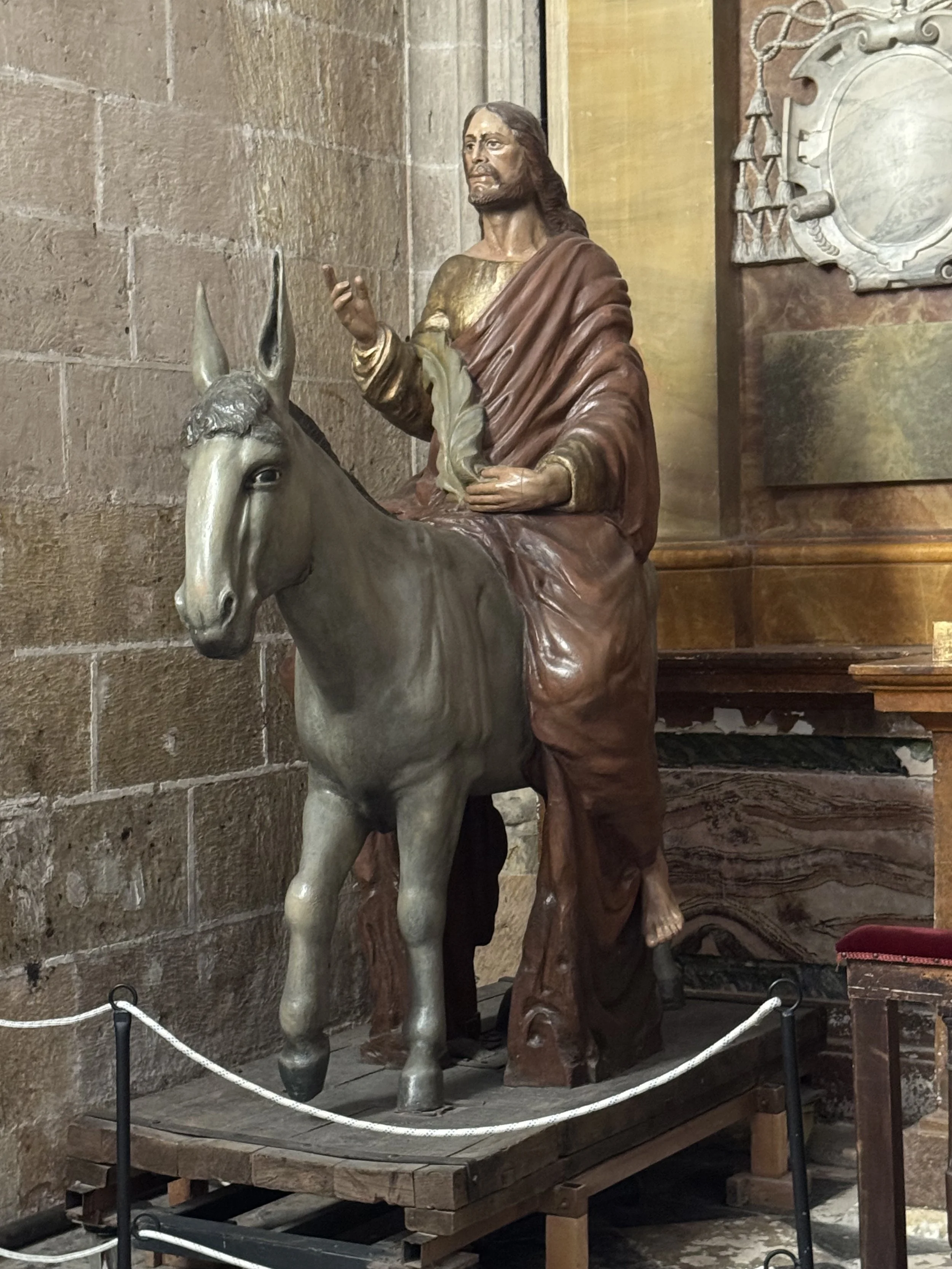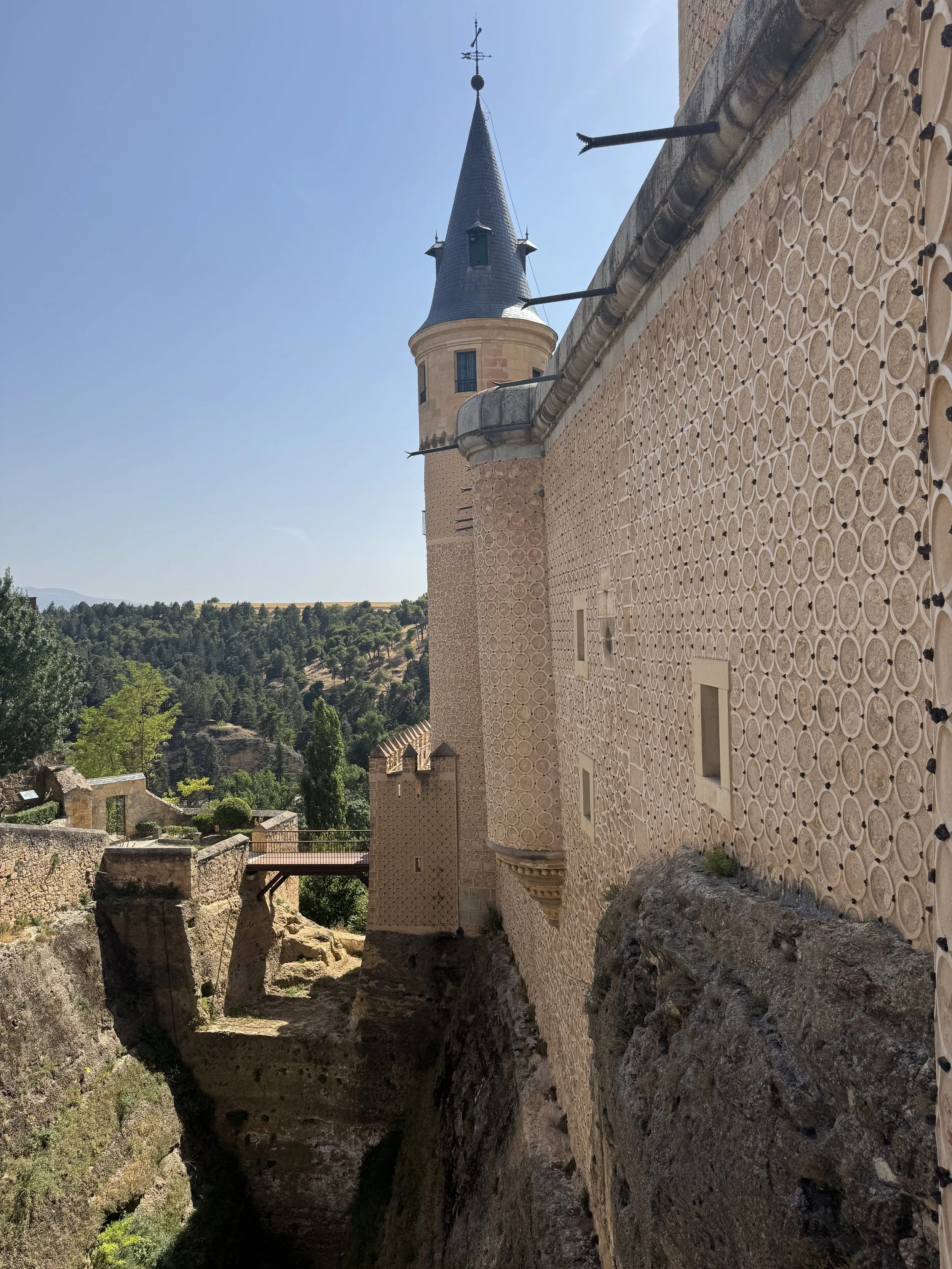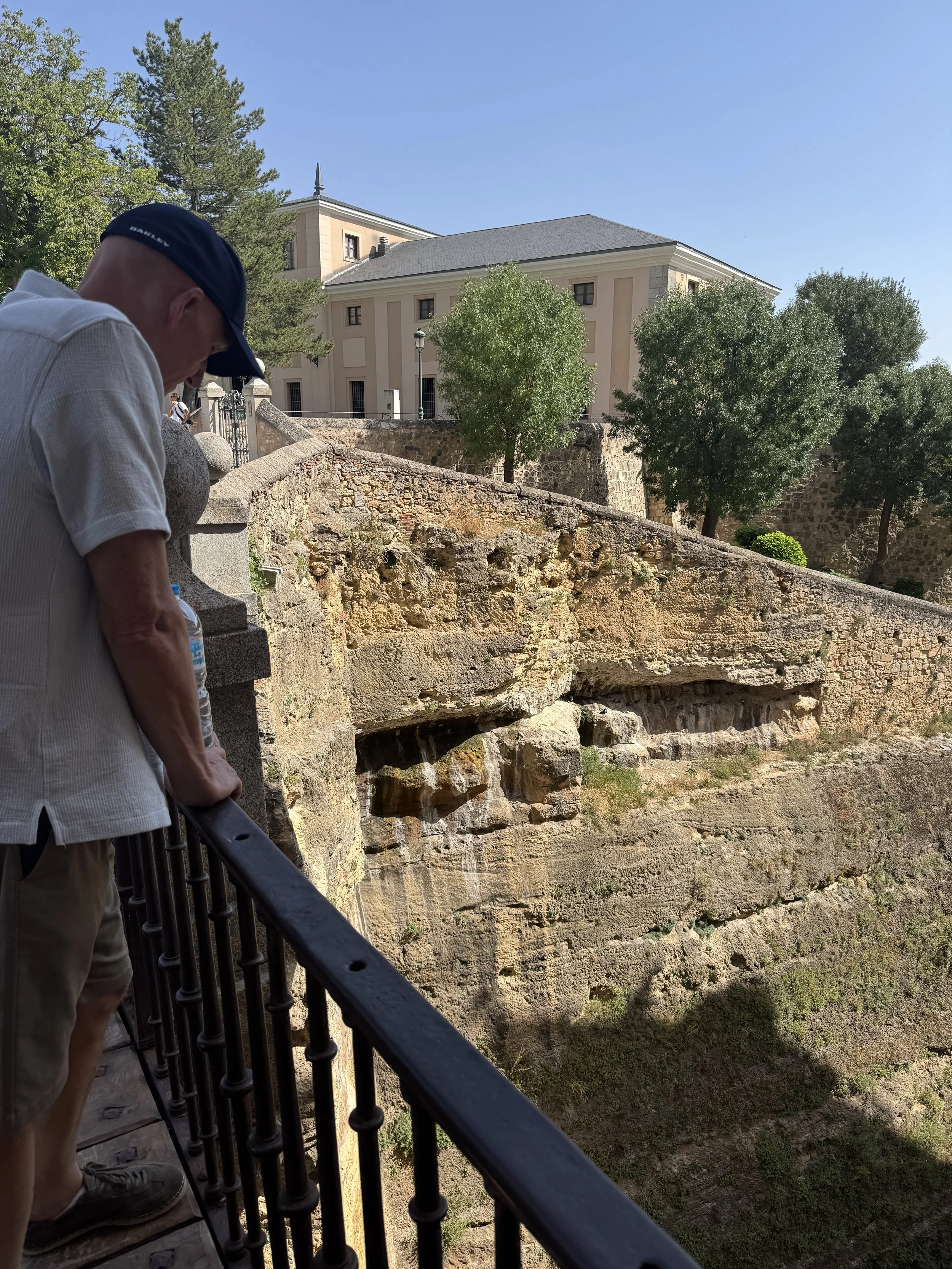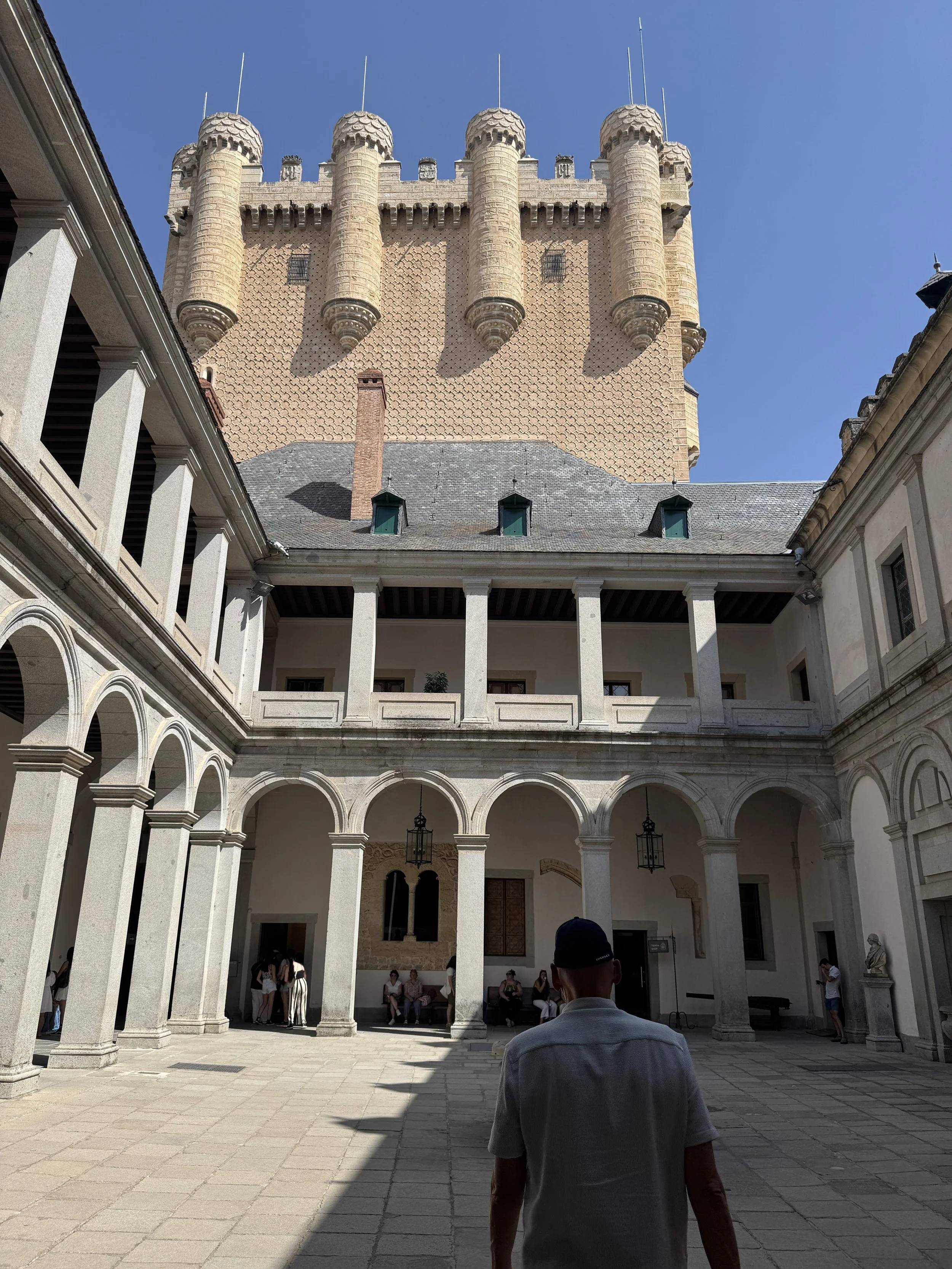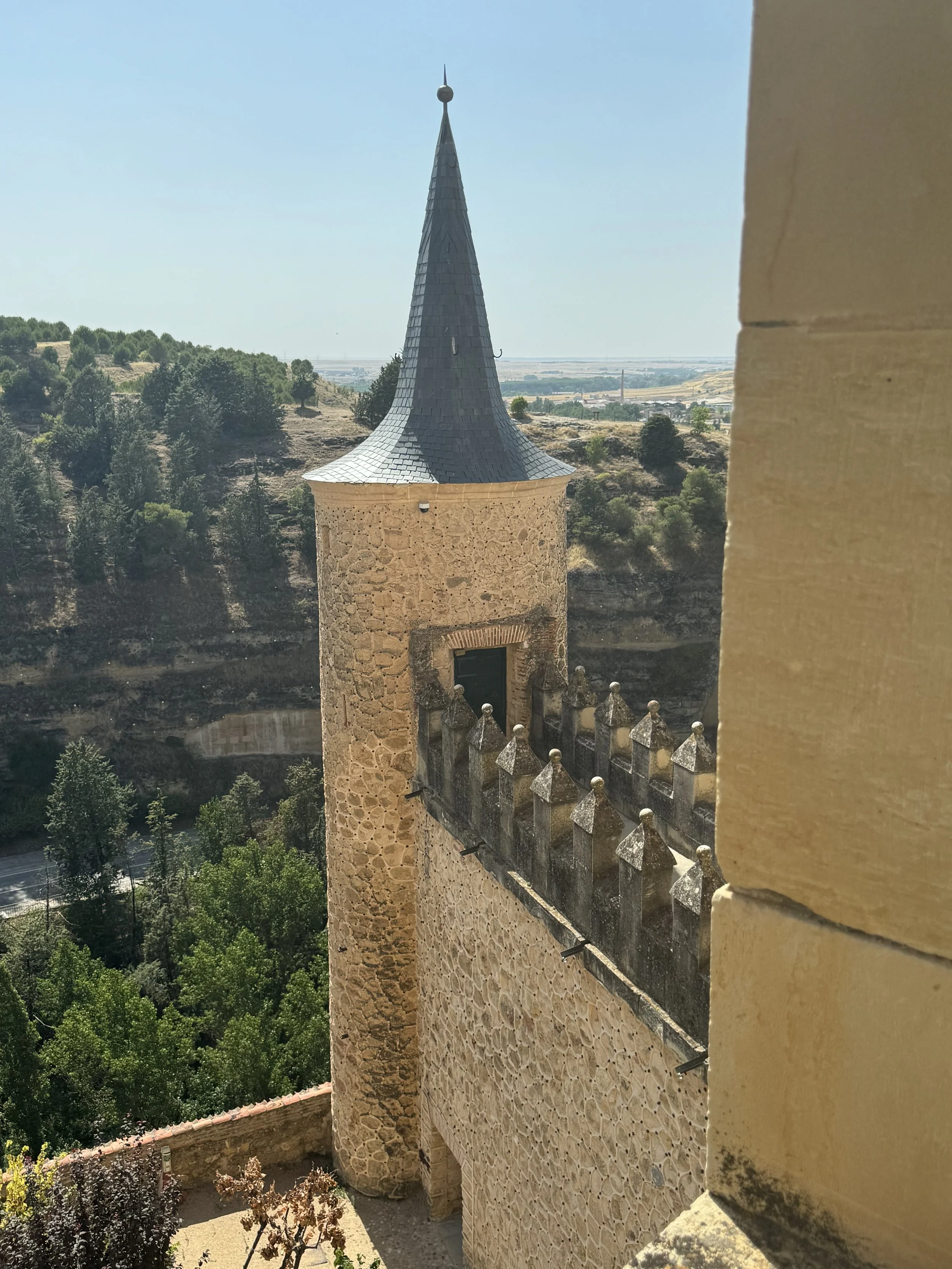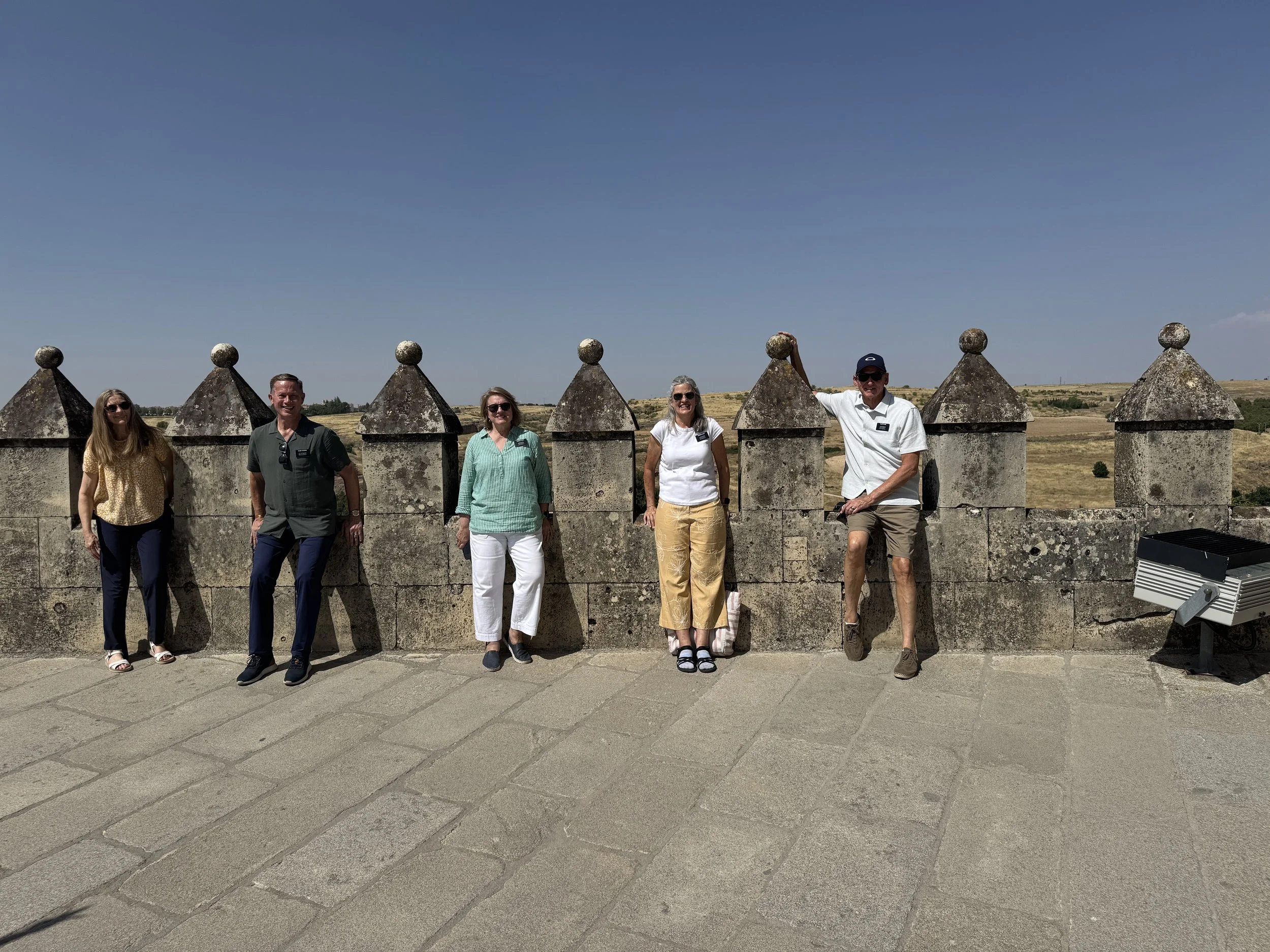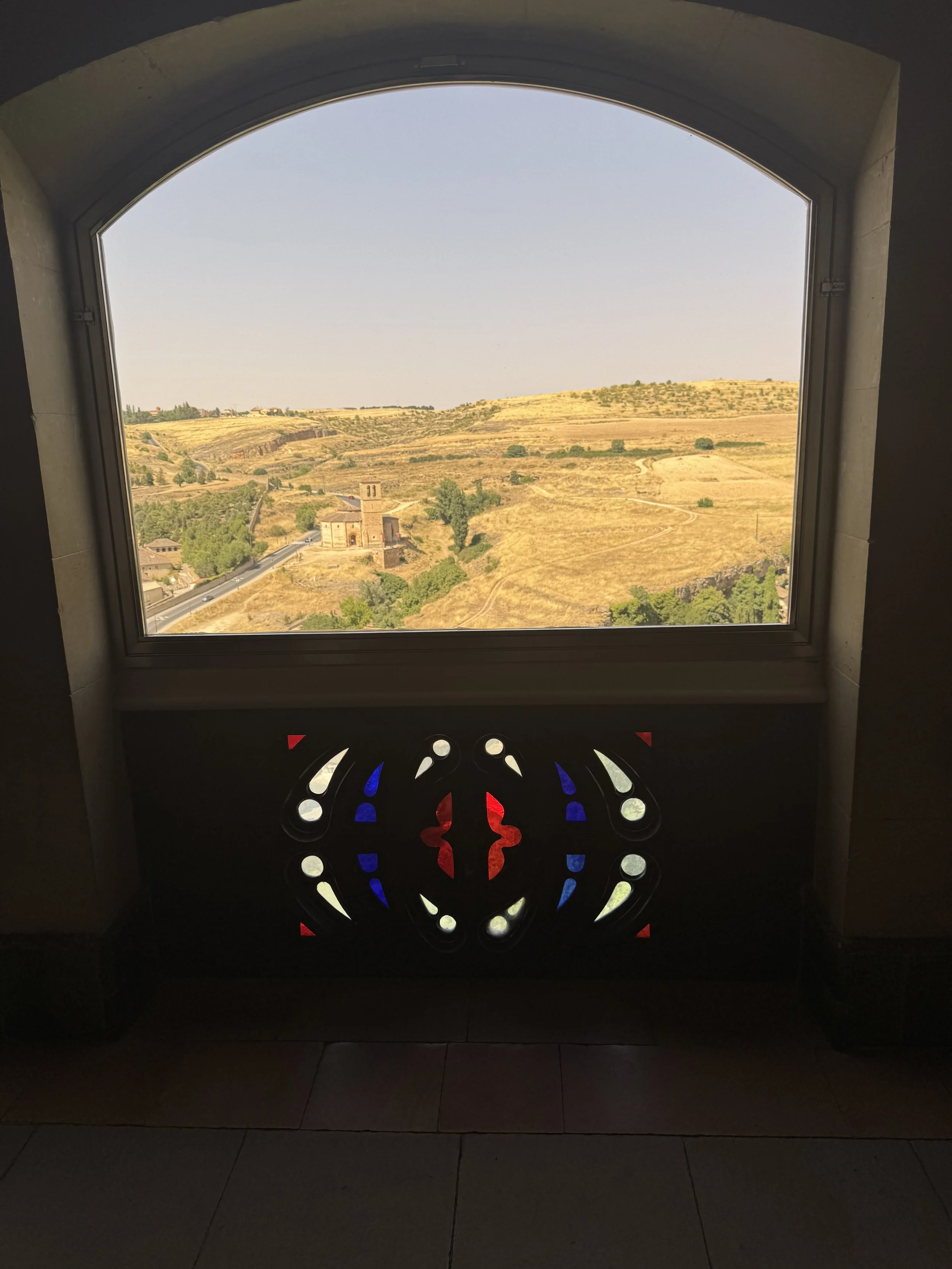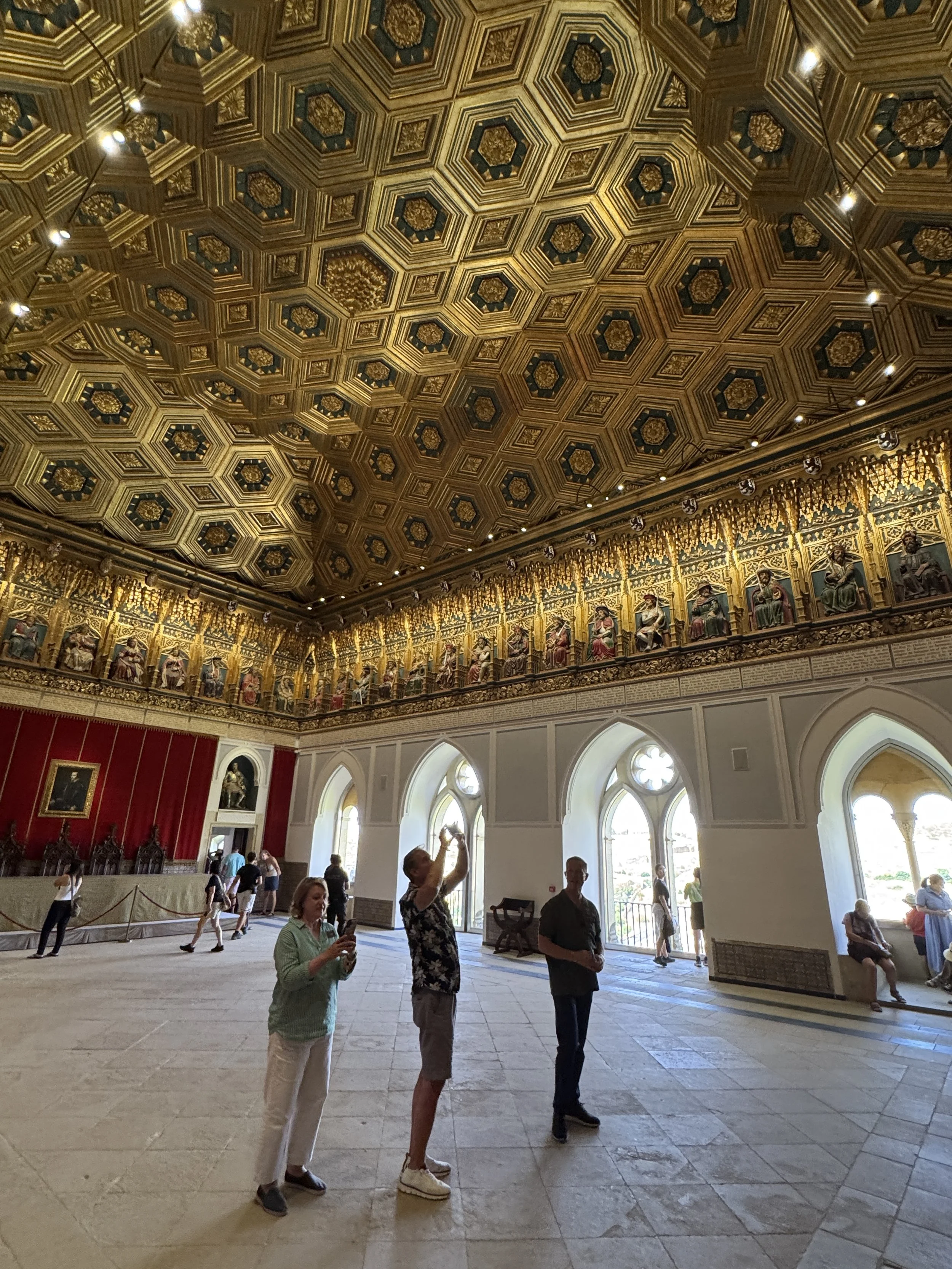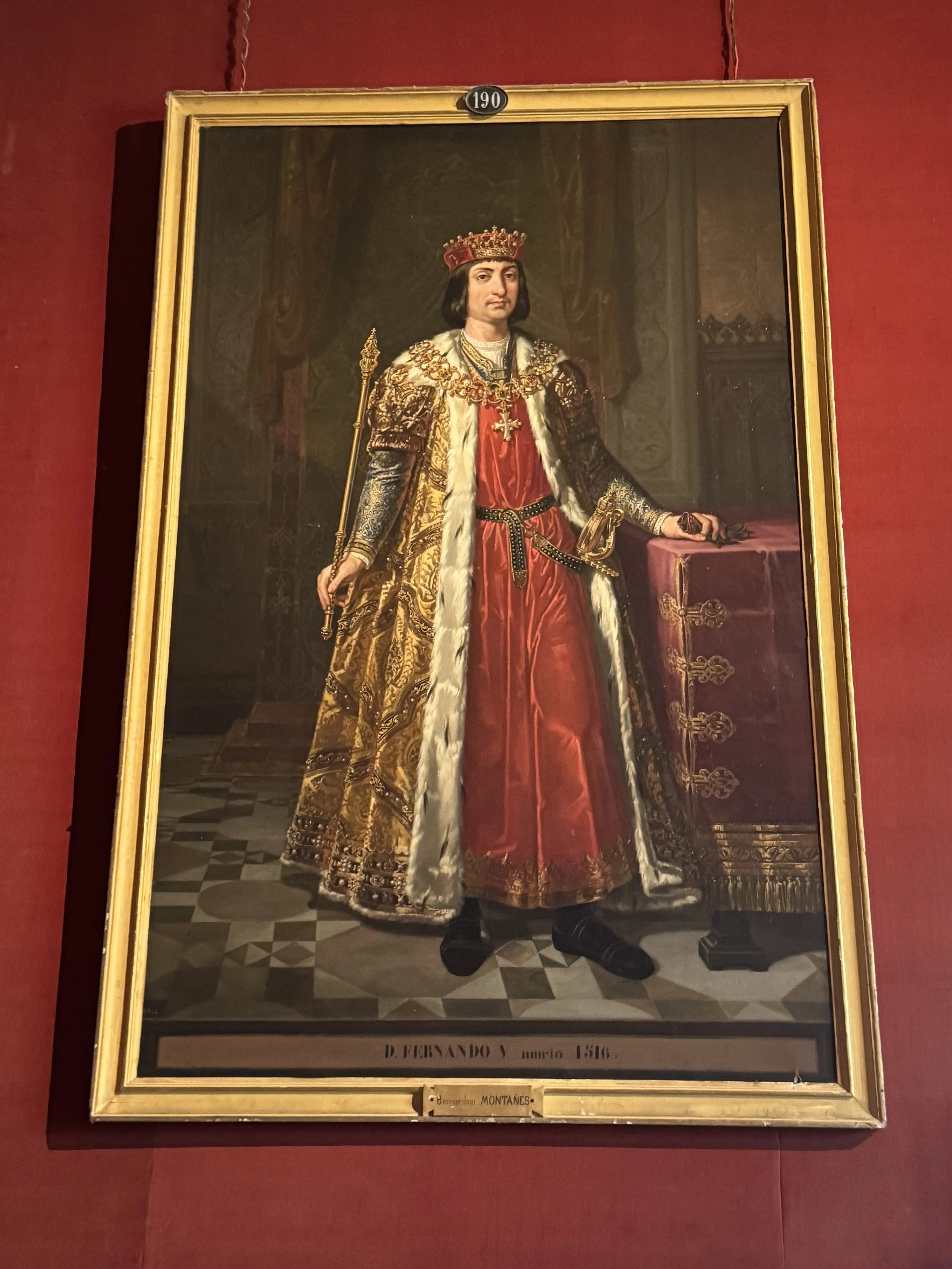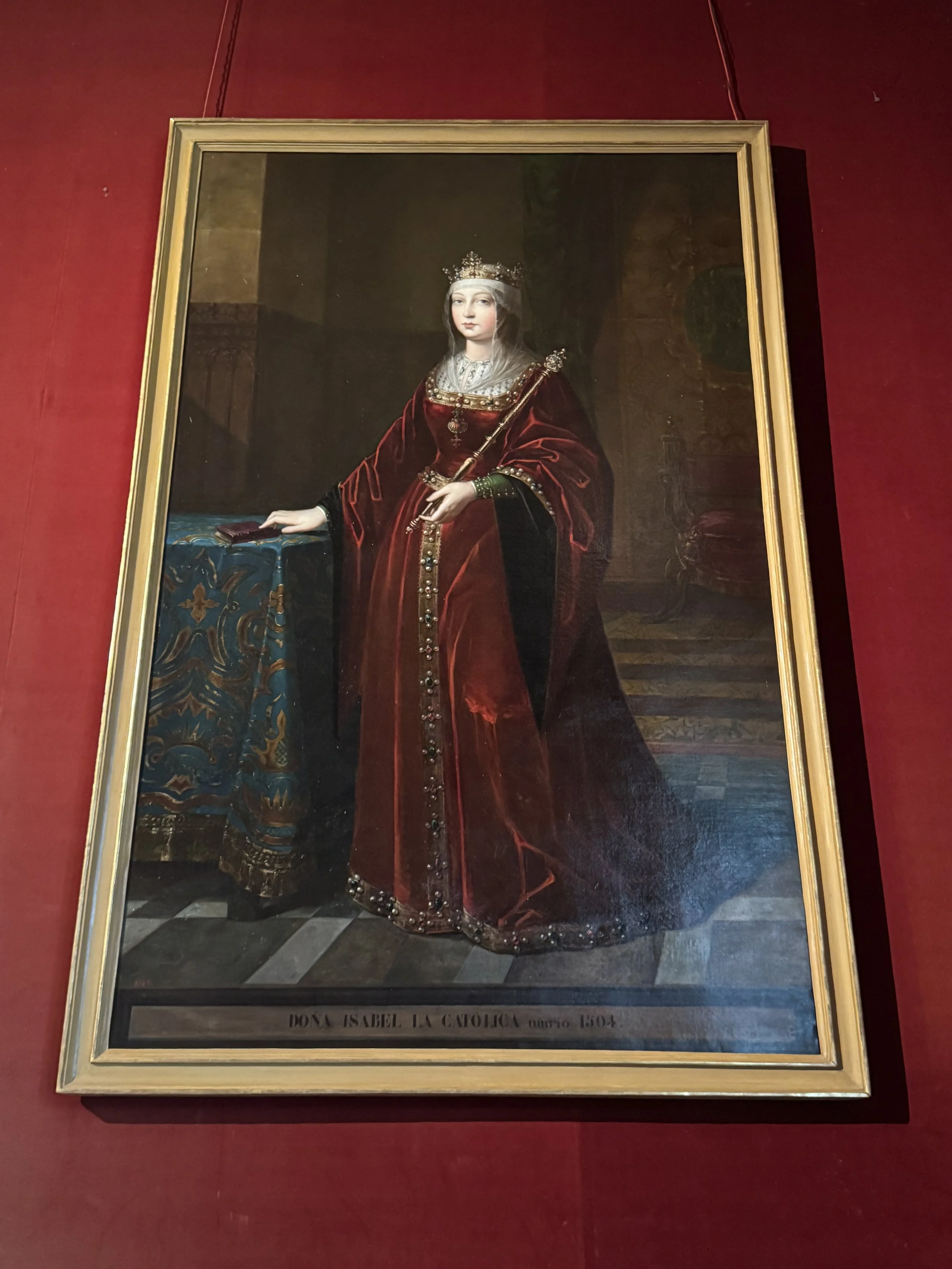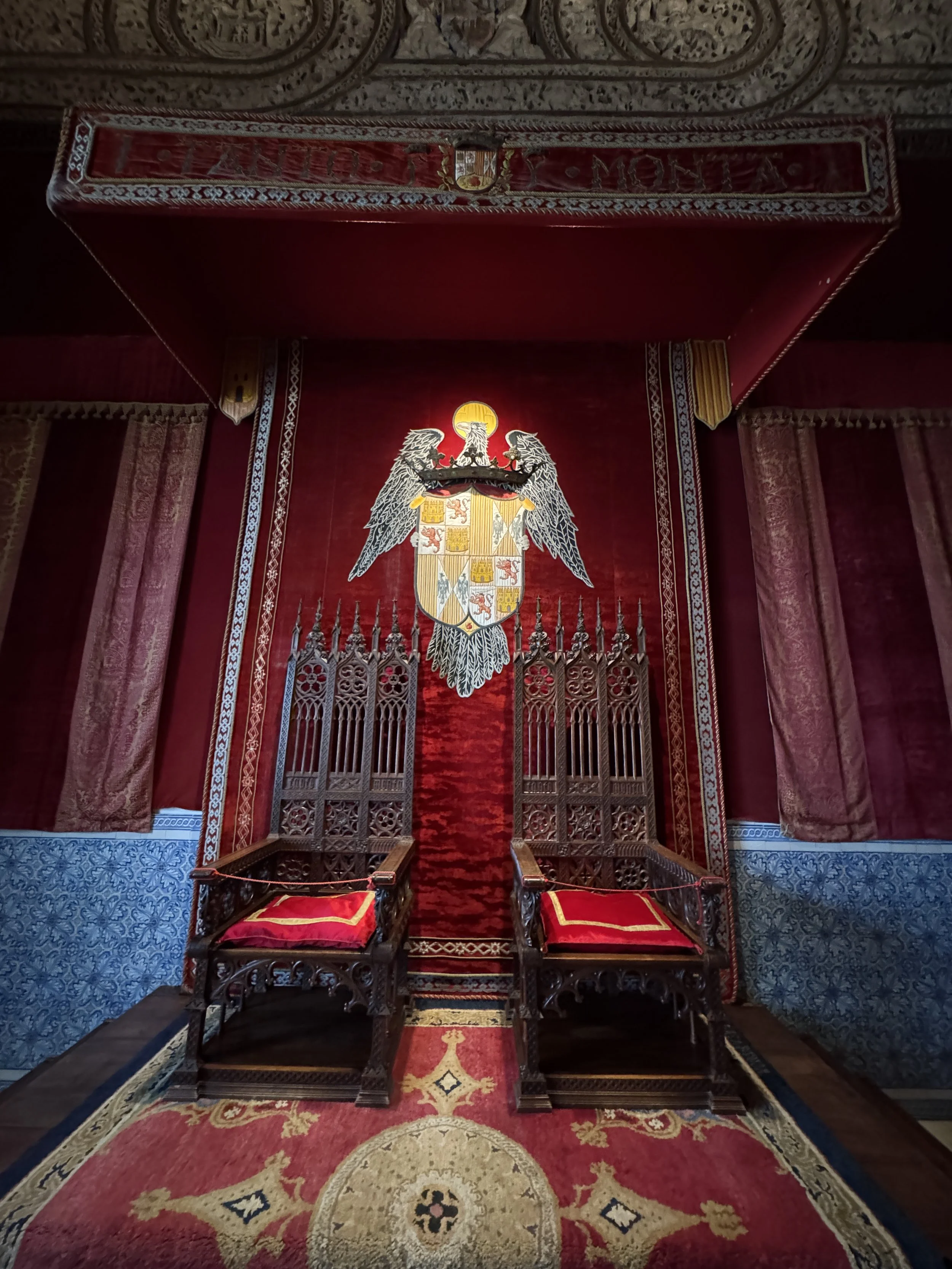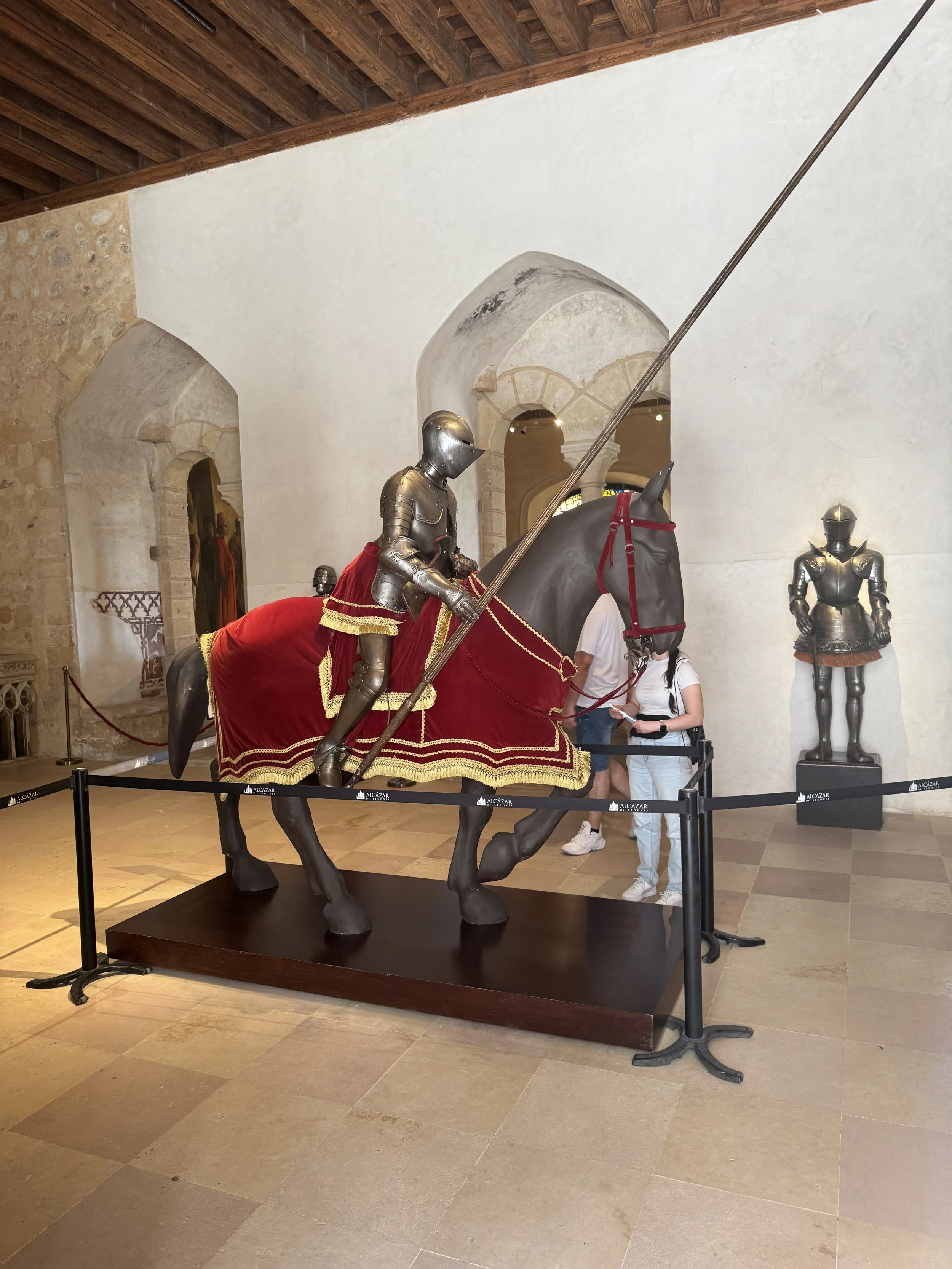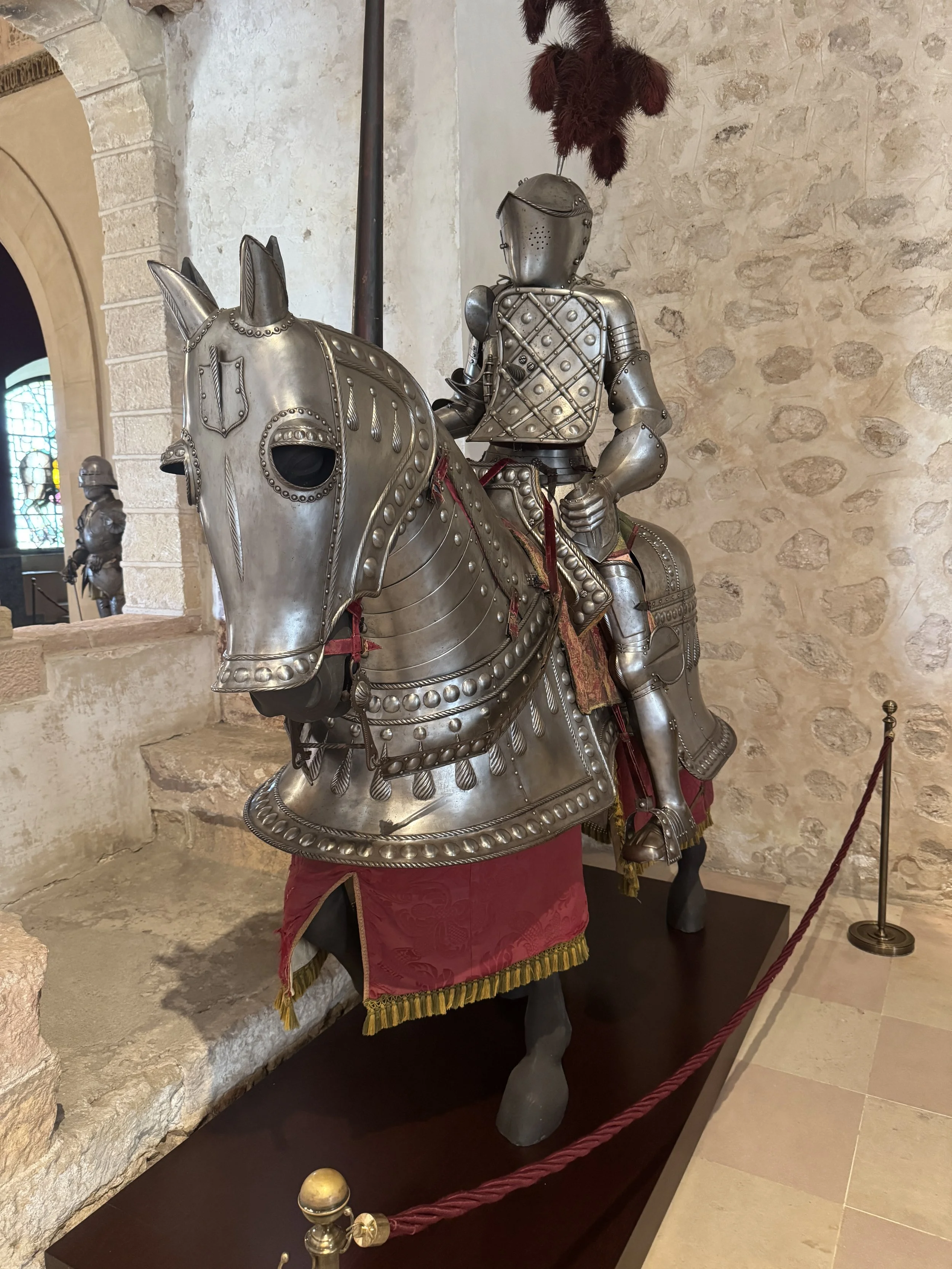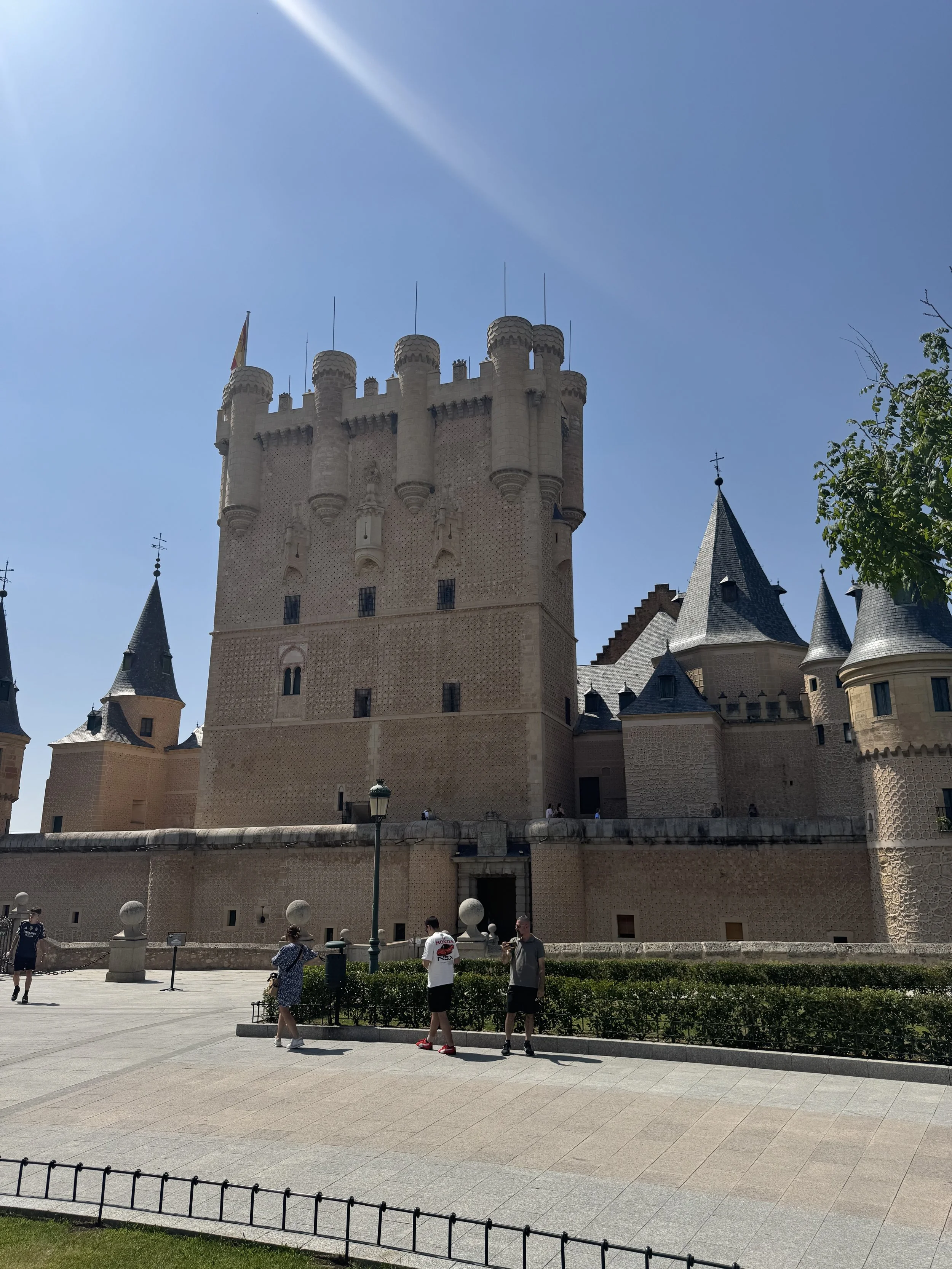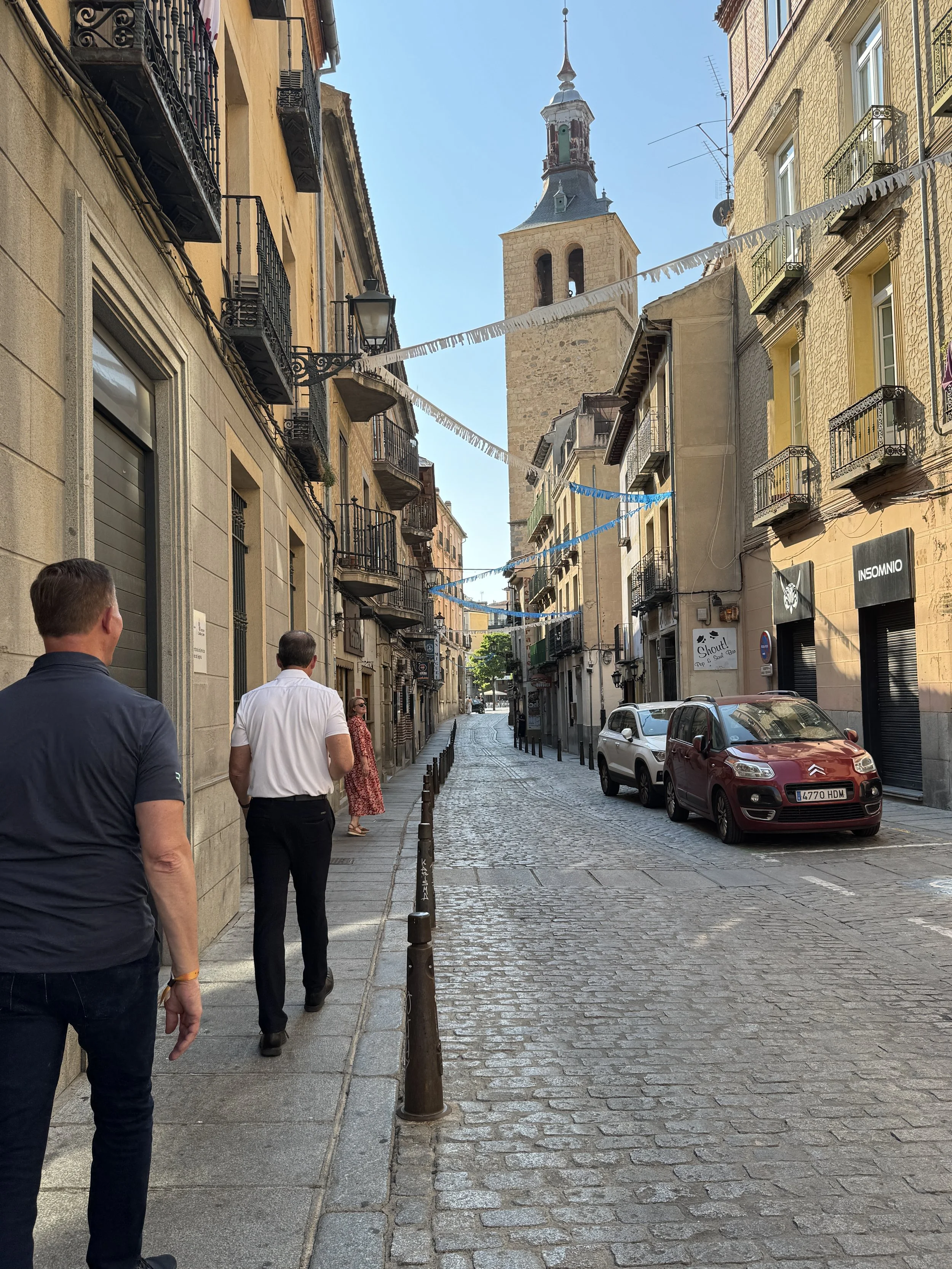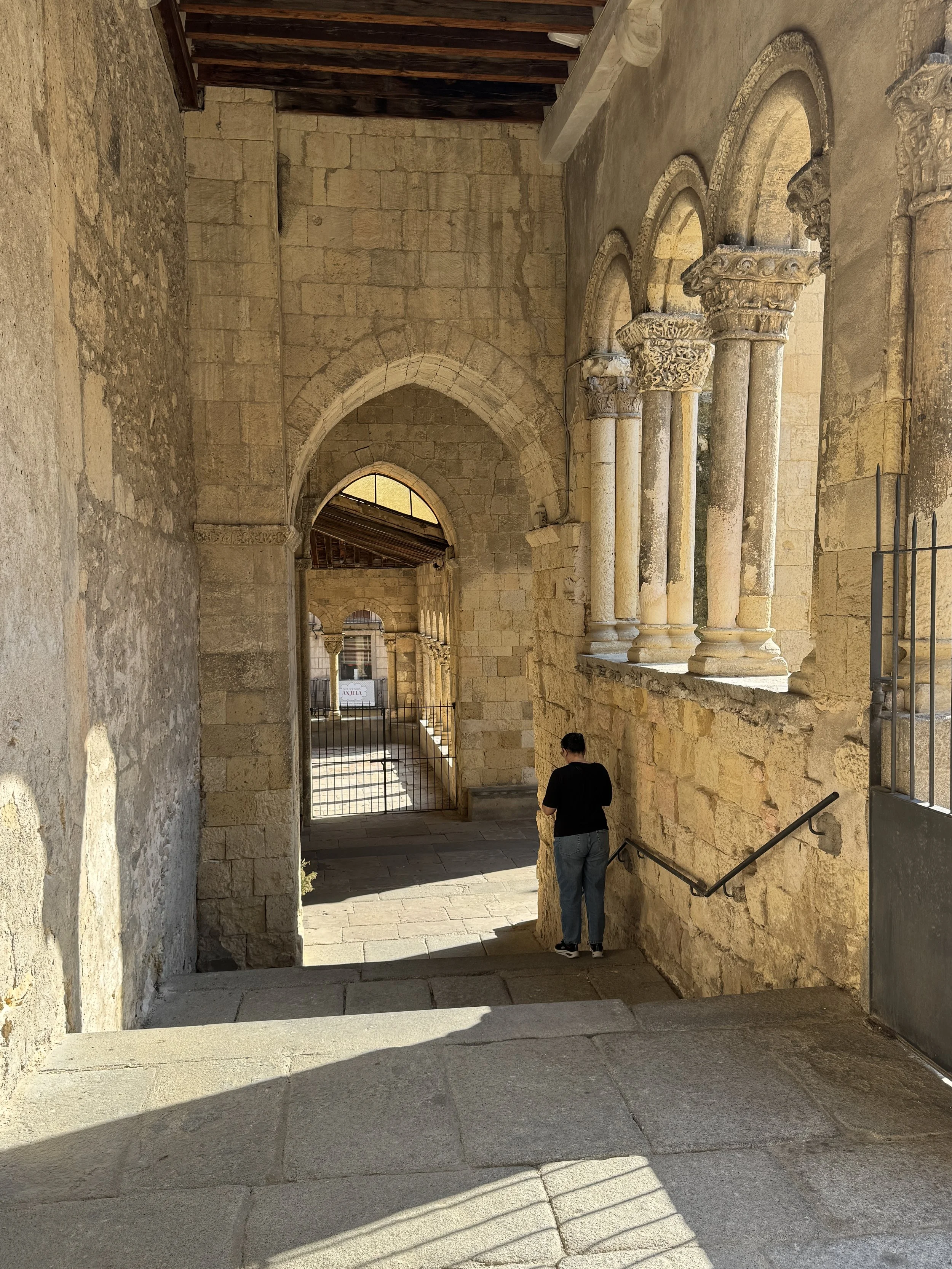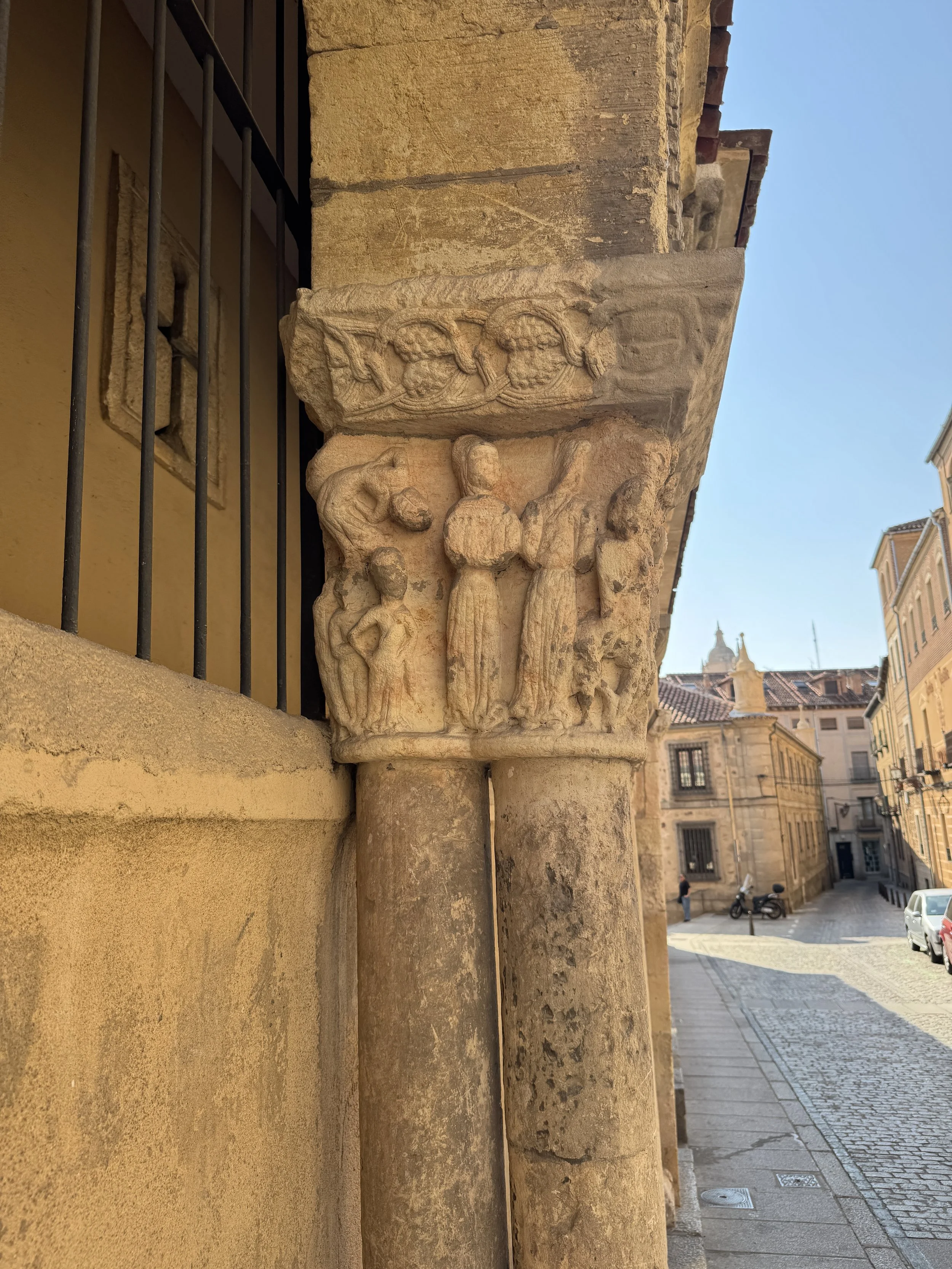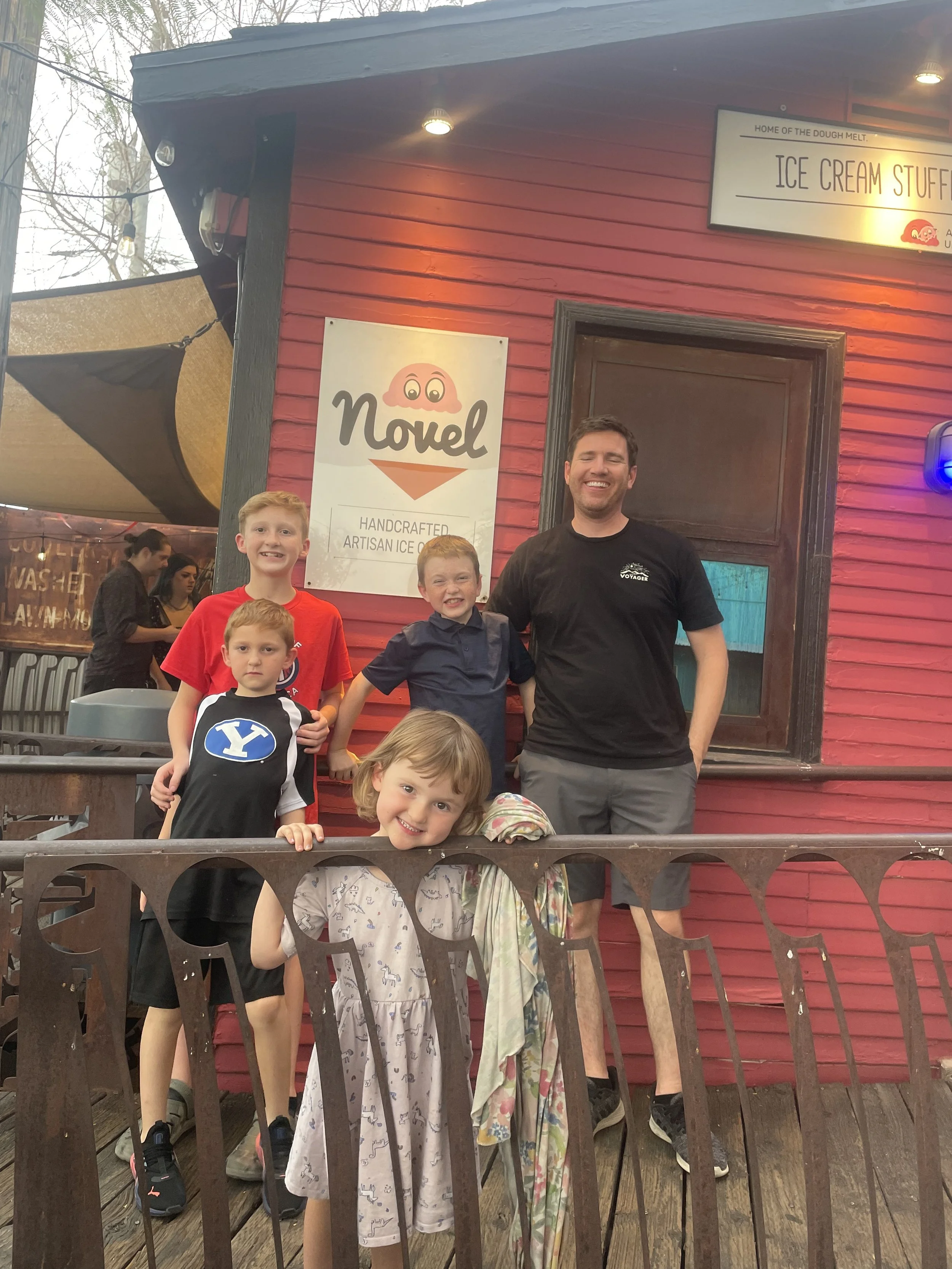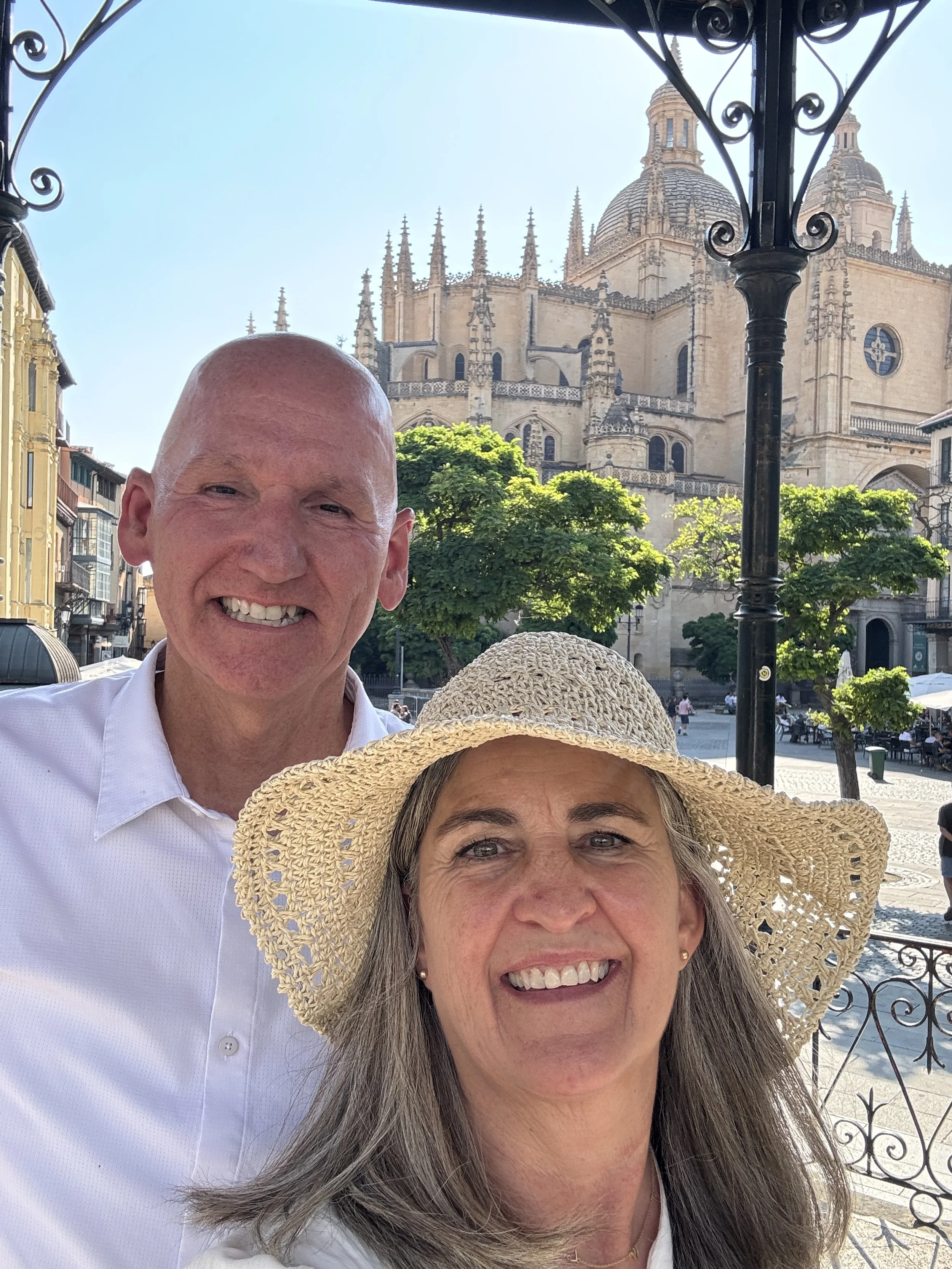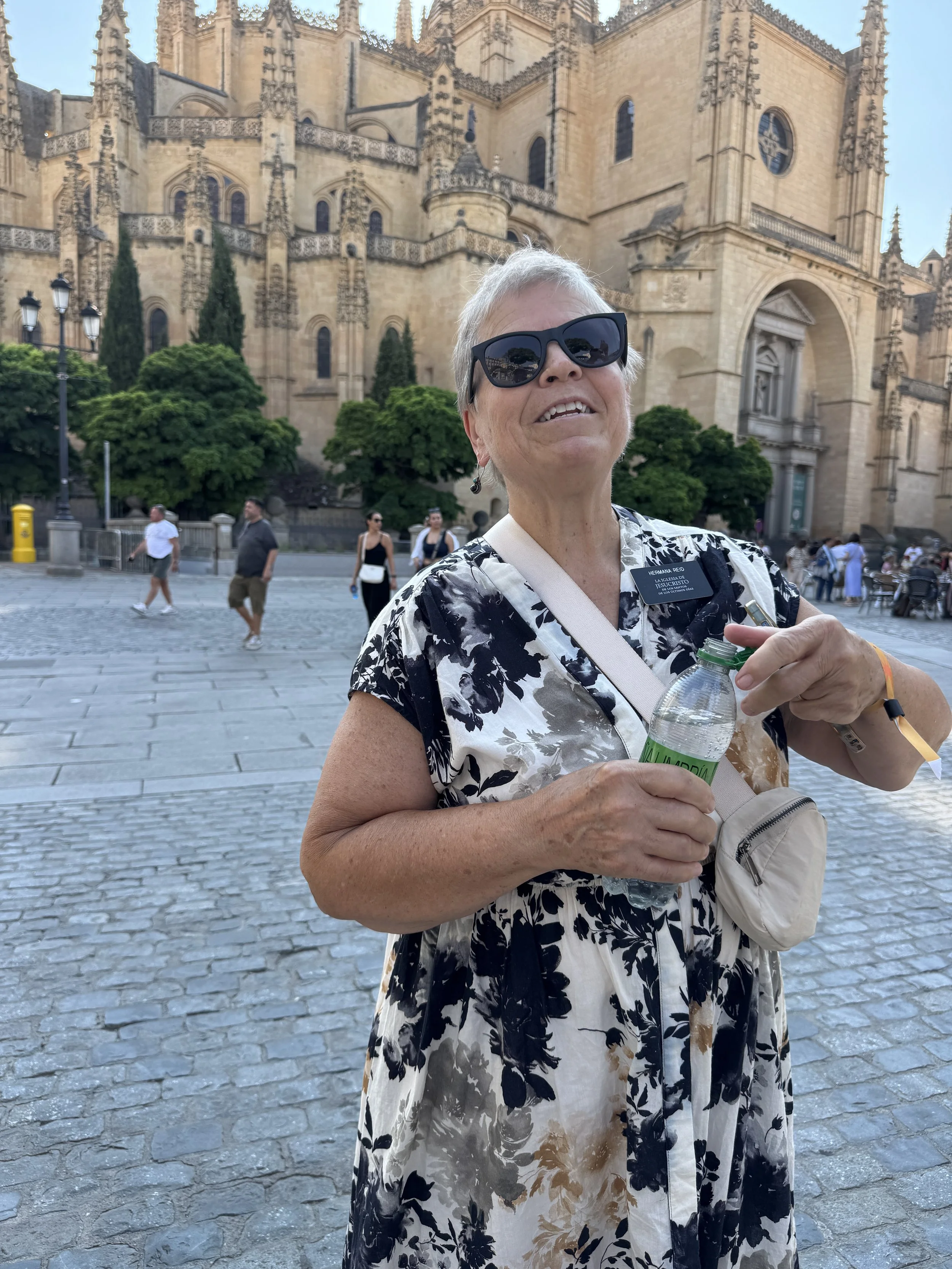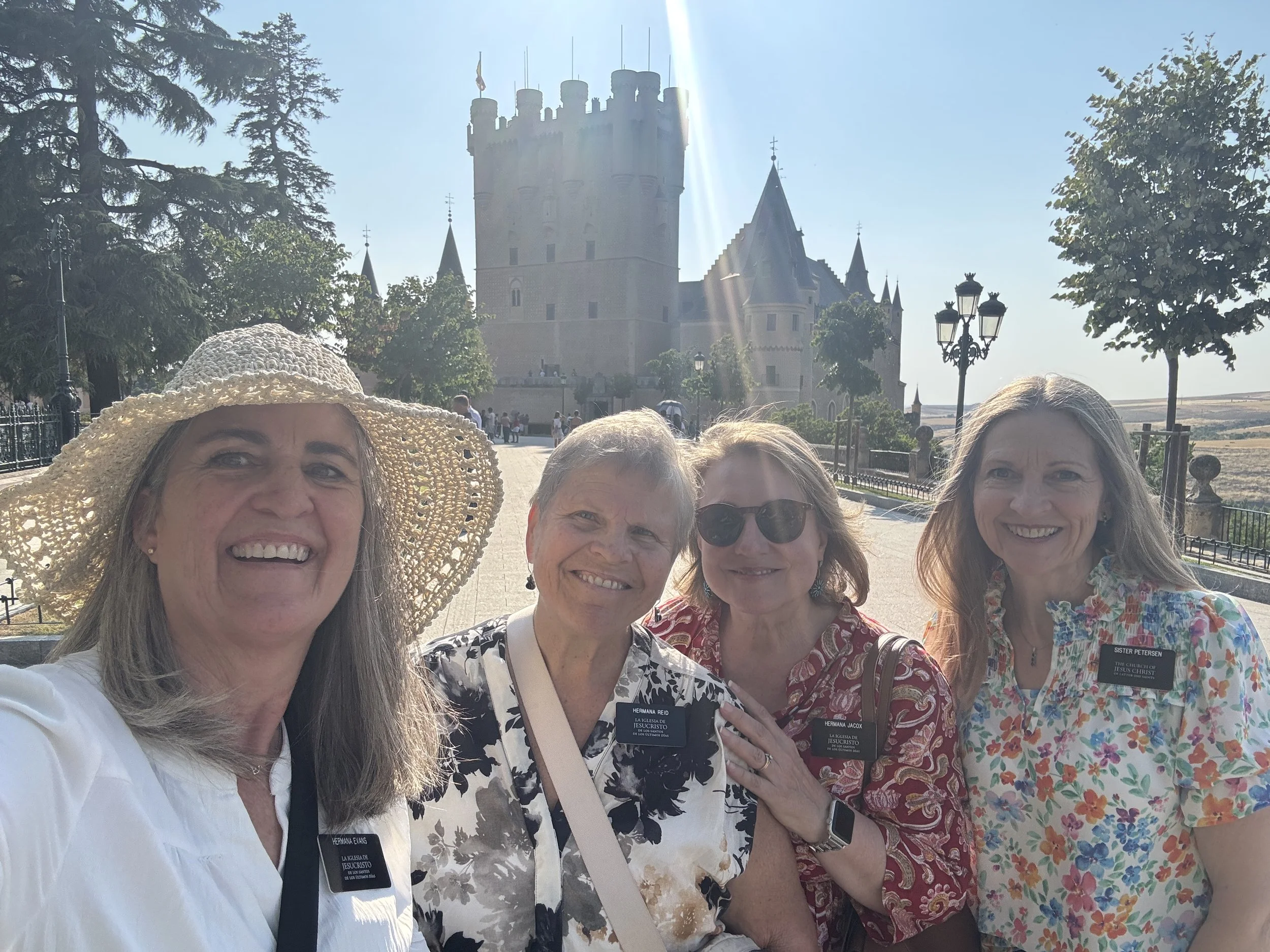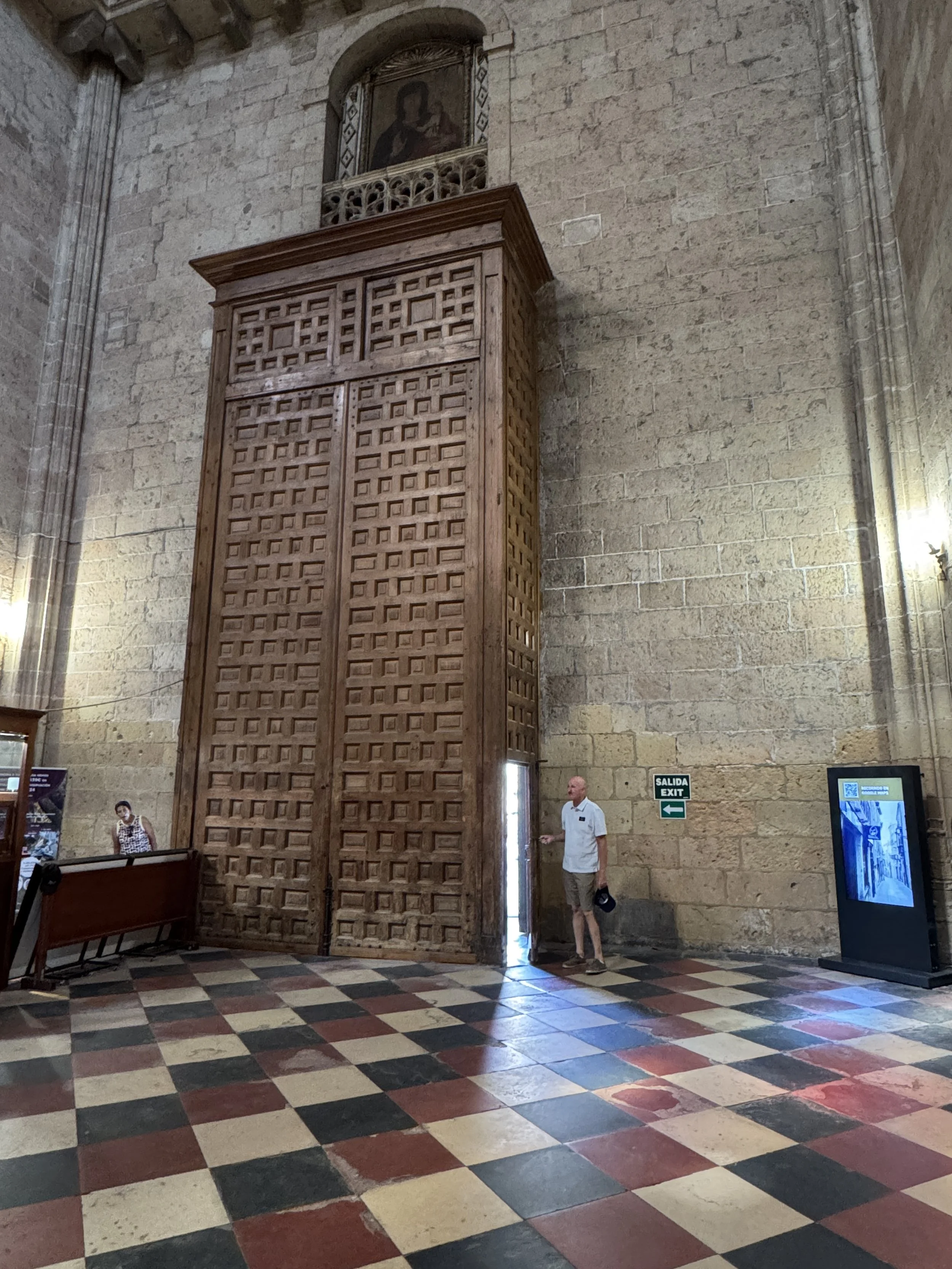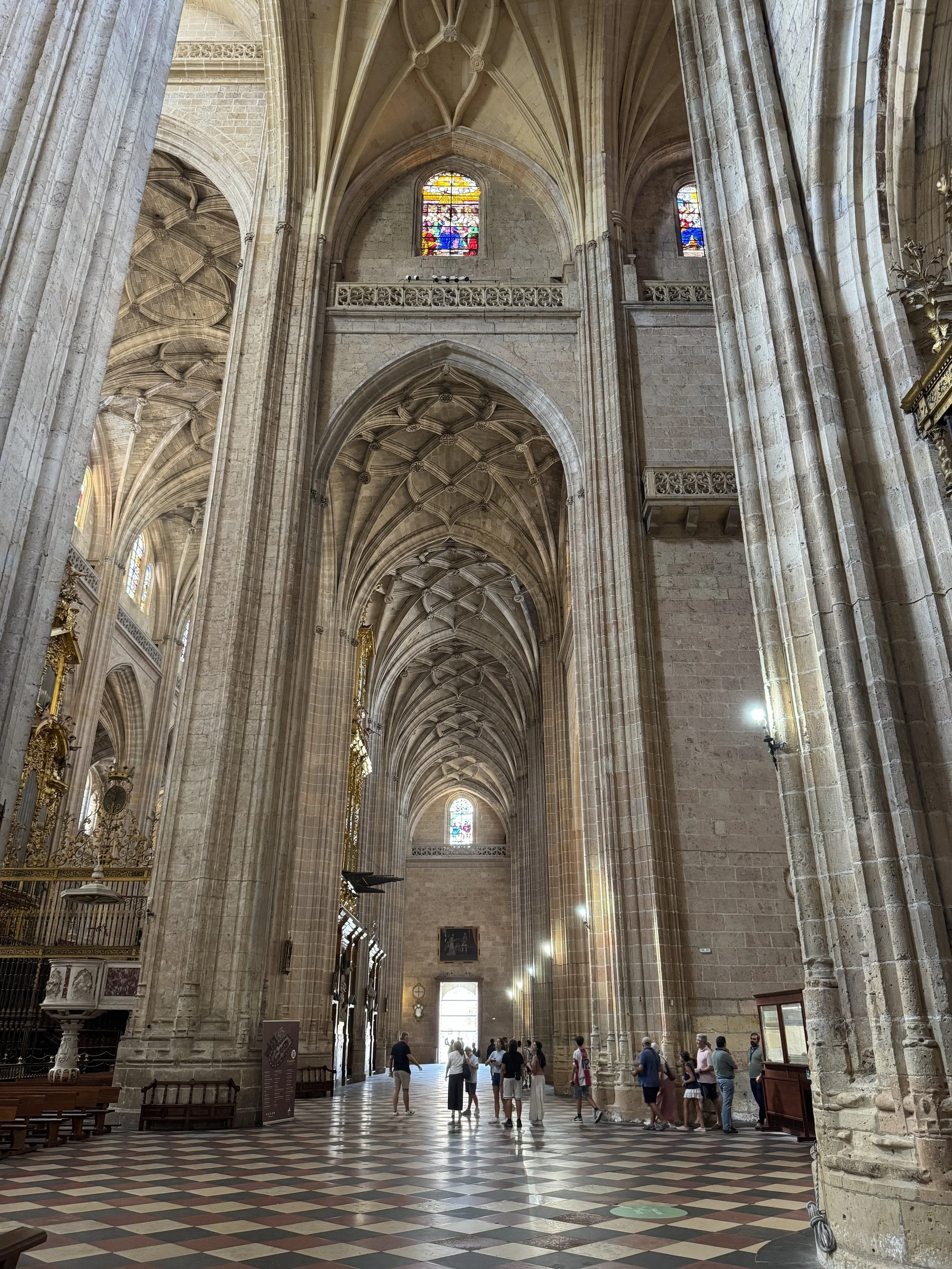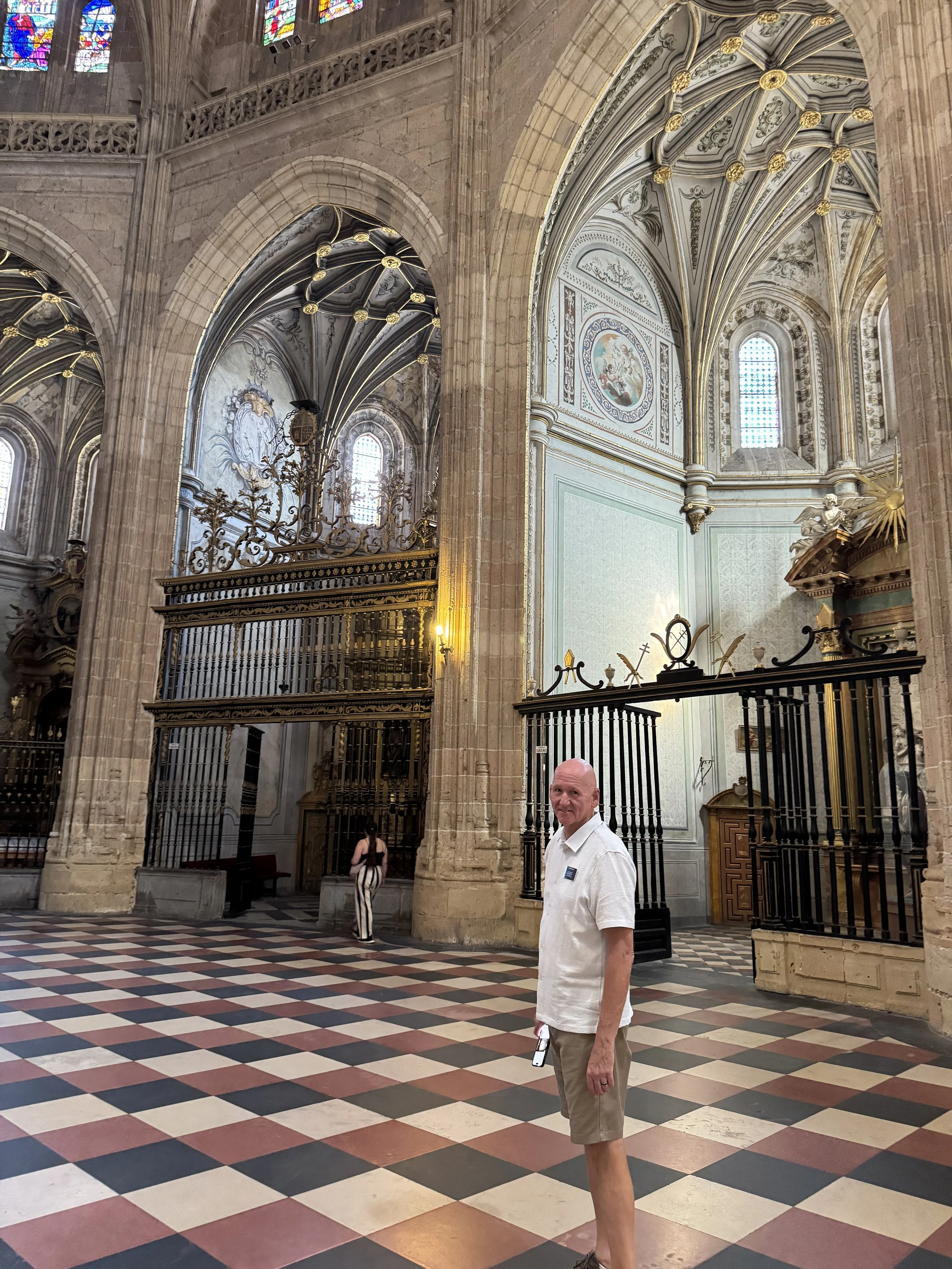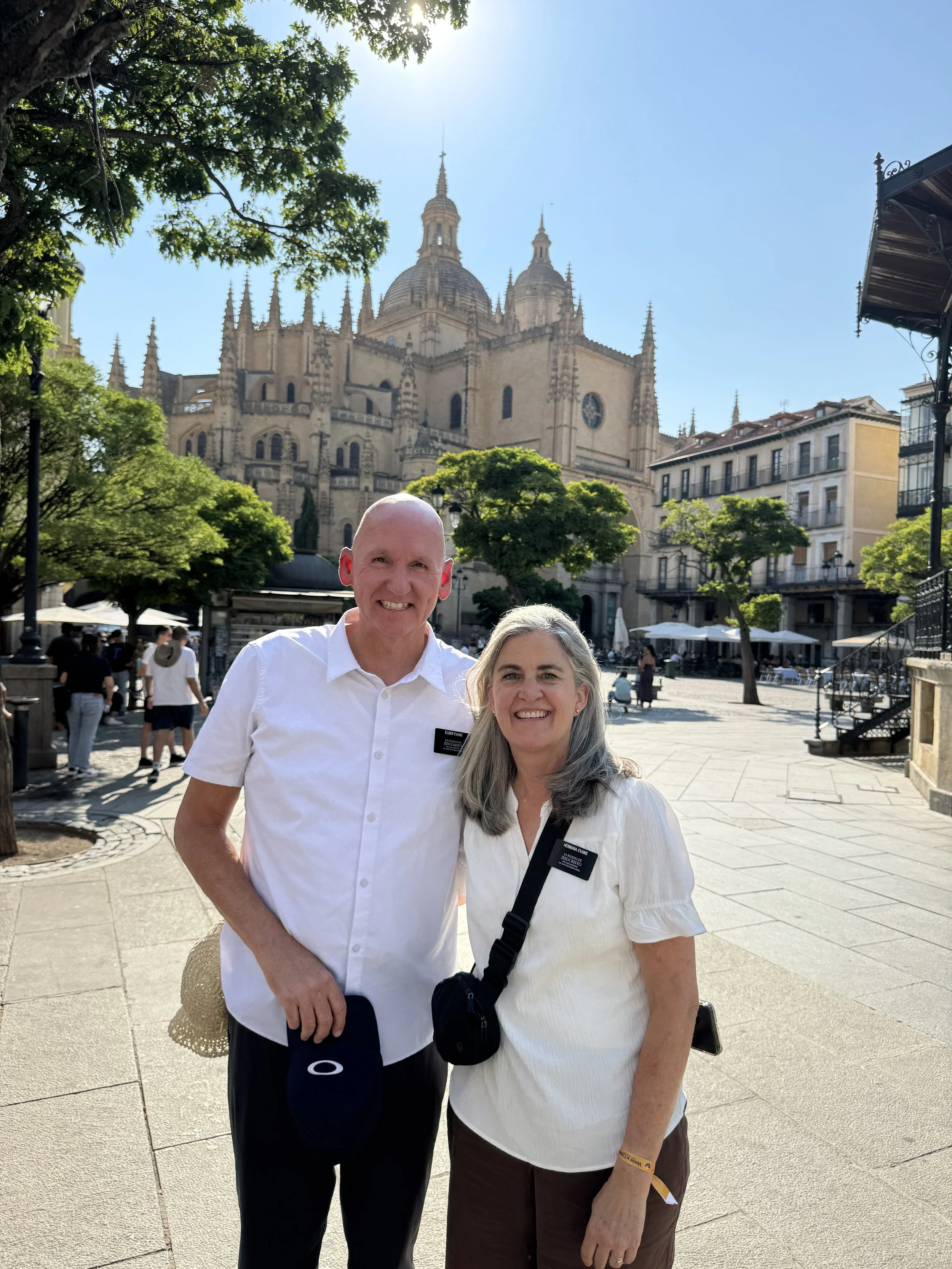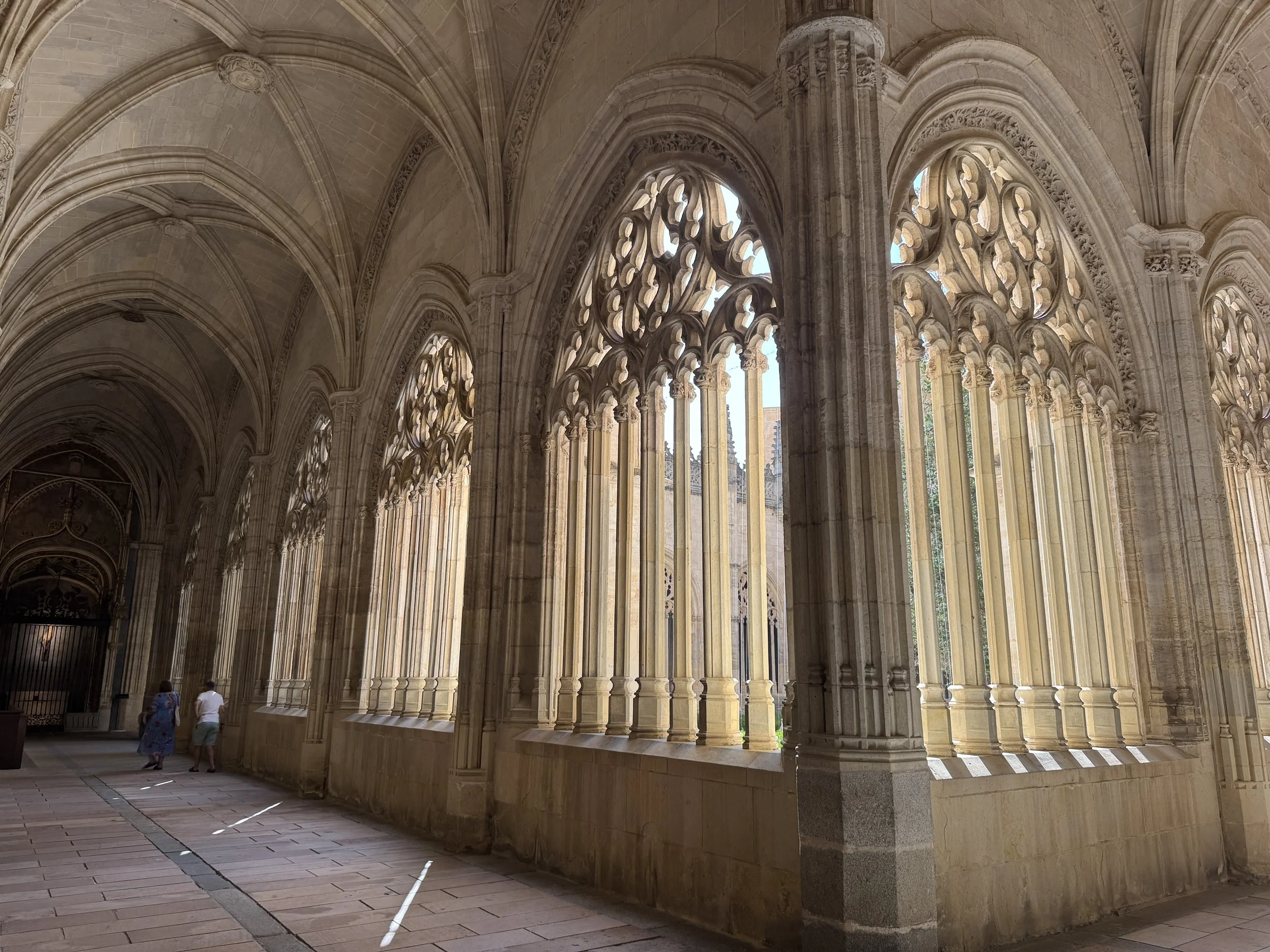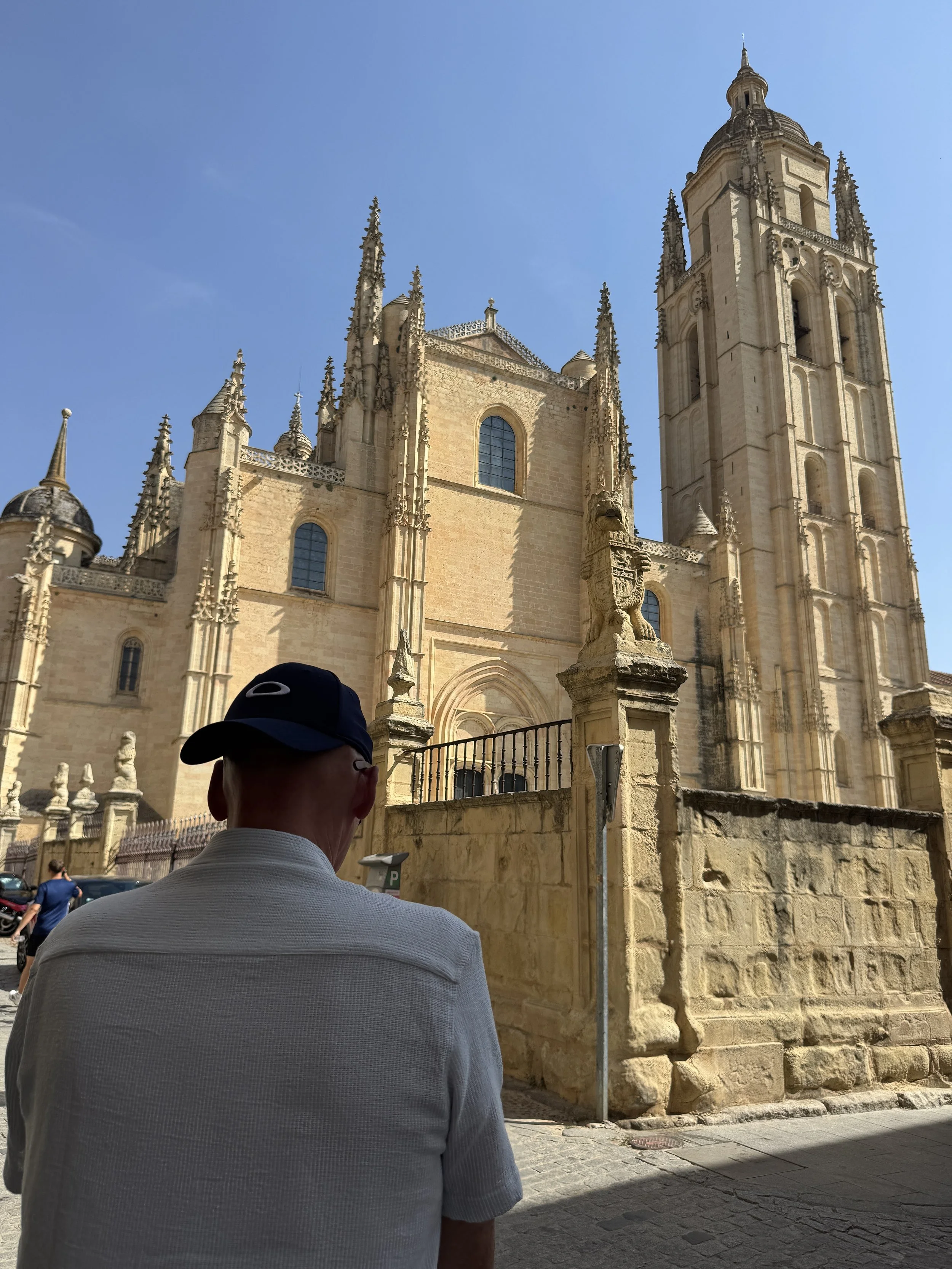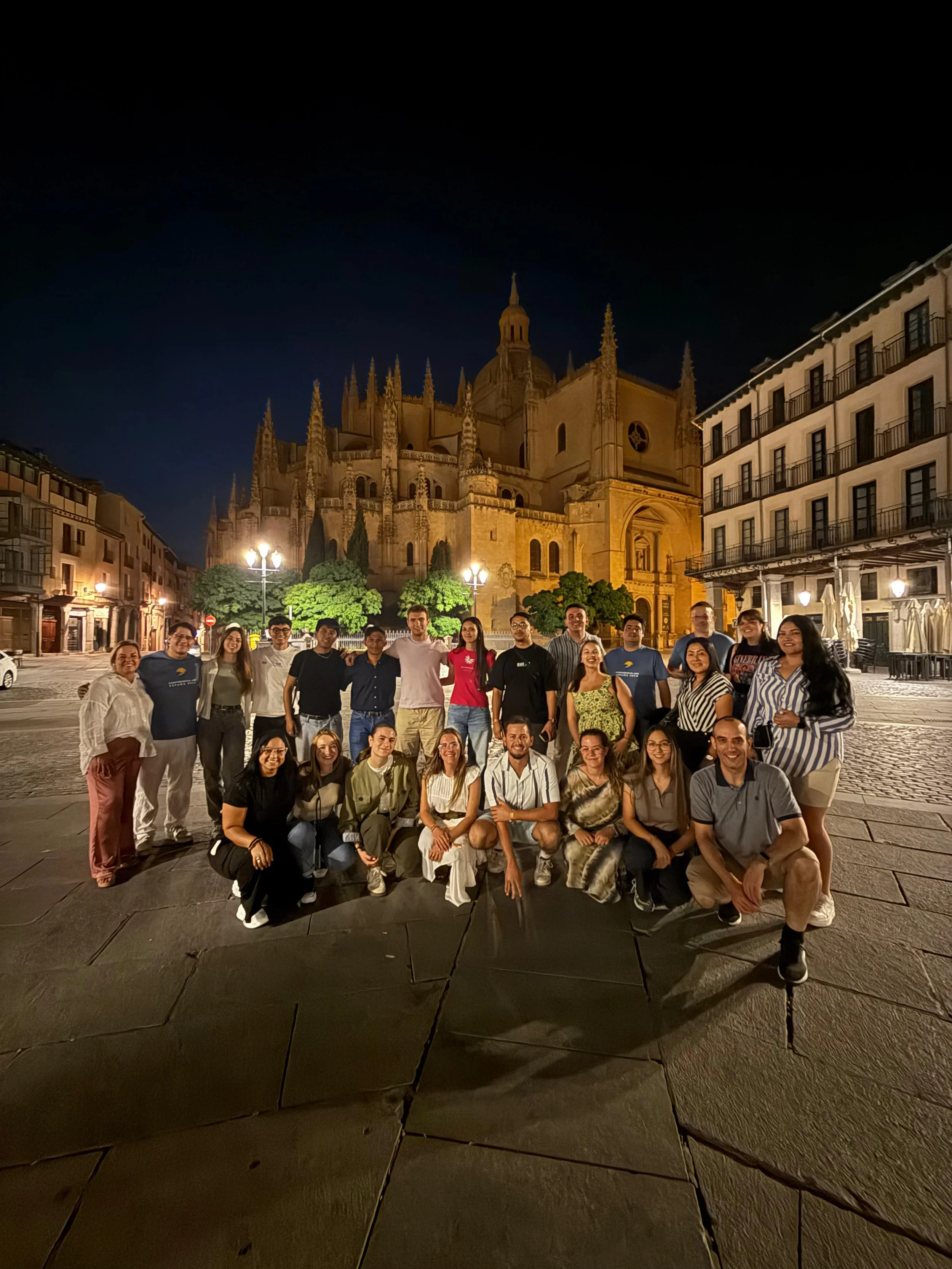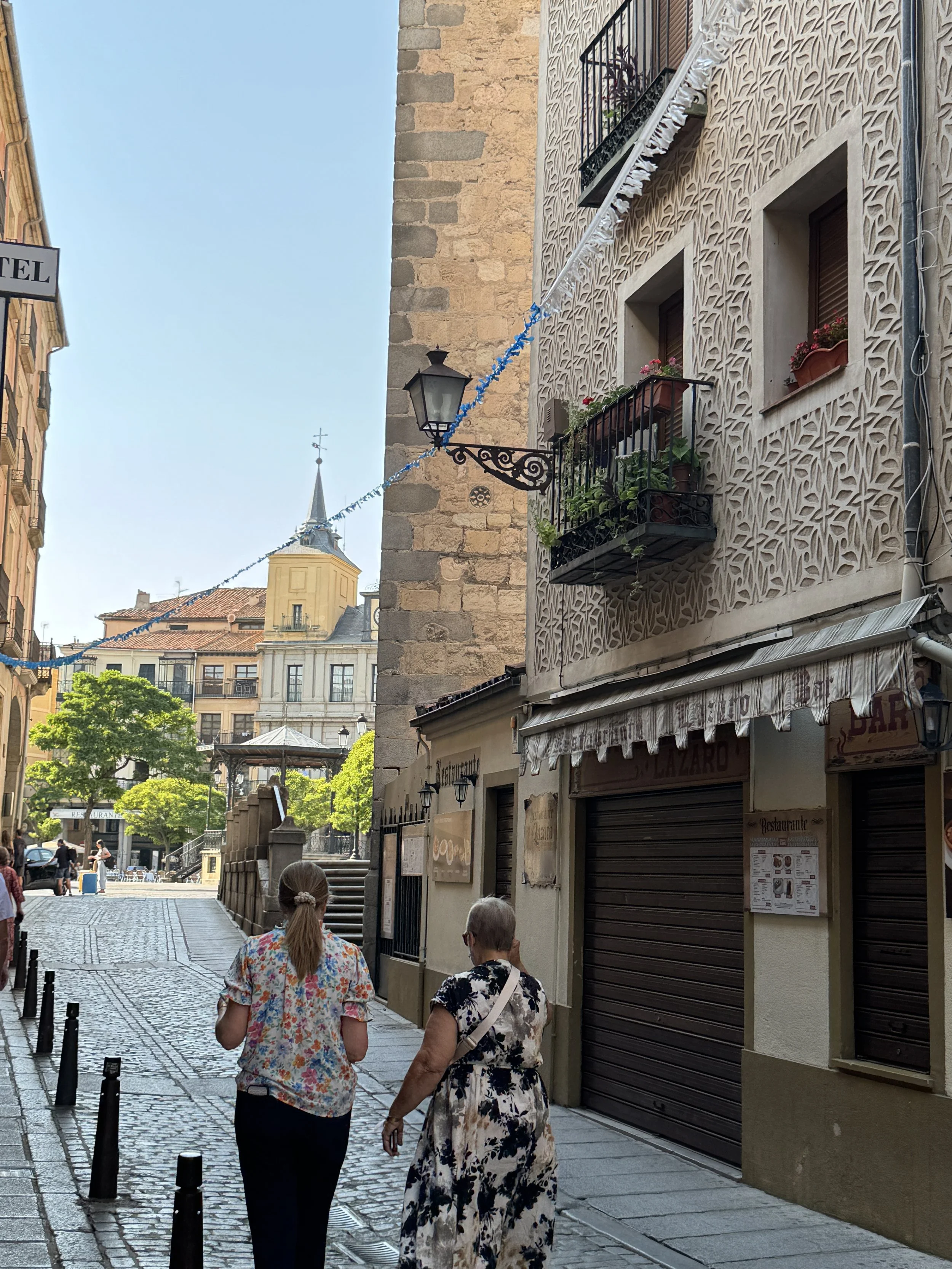Segovia, Spain
We love the opportunity with our Young Single Adult Missionary calling the chance to explore the communities we visit for conferences and training. It's a true blessing to experience the history and culture of these places.
This time, we traveled to Segovia, Spain, for a conference that brought together young single adults from all over the country. f(see the newsletter page for Conferencia JAS 2025) While there, we explored the ancient city, including the castle and aqueduct, both of which are UNESCO World Heritage sites.
Europe is rich with history, and Spain is no exception. It's amazing to see how Segovia's history has been shaped by the influence of the Romans, Moors, and Christians. For over a thousand years, cities like Segovia have been built, fallen, and rebuilt on top of older sites. We’ve noticed a pattern in our travels—most cities we visit have a large cathedral and usually a castle, and Segovia is no different.
The Roman Aqueduct of Segovia
The Roman Aqueduct of Segovia, believed to have been built in the 1st century AD, is a remarkable example of Roman engineering that is still standing today. One of the key reasons for its longevity is the exceptional stone used in its construction. The stone fits together without the use of mortar. The natural, craggy edges of the stones interlock, holding the massive structure together.
The aqueduct's builders possessed surveying instruments to measure the precise angles and a gentle downward slope needed for the water to flow. This allowed them to transport water over 17 kilometers from a nearby river, with sections built both underground and on raised arches to maintain a consistent slope.
Interestingly, the aqueduct did not provide water to all residents. Instead, its water was primarily directed to public baths, city fountains, and the homes of the wealthy elite. Although parts of the structure were repaired and rebuilt over the centuries, the aqueduct continued to function and deliver water until the 19th century.
Castle of Segovia
The Castle in Segovia stands on the edge of the hilltop, looking out over the flat lands. This is “the” castle that Walt Disney likened his famous Cinderella castle after. (The Walt Disney World castle). It is still in use as a military training site, a museum and parts open to tourist.
Check out the official website video to really get a good picture of it. I don’t usually put a website link on here, other than links to the Church of Jesus Christ of Latter-Day Saints, but I think this one is worth going to. I can not capture what they have.
The ceilings inside the Castle are truly stunning. They are probably the most ornate and detailed that we have seen in a castle so far.
A notable event here was Isabelle 1 of Castile and Ferdinand 11 of Aragon lived in this castle. queen Isabelle supported Christopher columbus and his exploration, when he found the “New World”. :) There massive portraits are displayed in the castle.
The Segovia Cathedral
Cathedral of Our Lady of the Assumption and of Saint Fructus, as it is named stands at the top of the hill of Segovia. The huge wooden doors are notable as well as the Gothic style arches. Everything is better to see with other missionary friends. We truly are blessed with so many wonderful friends we have met!


